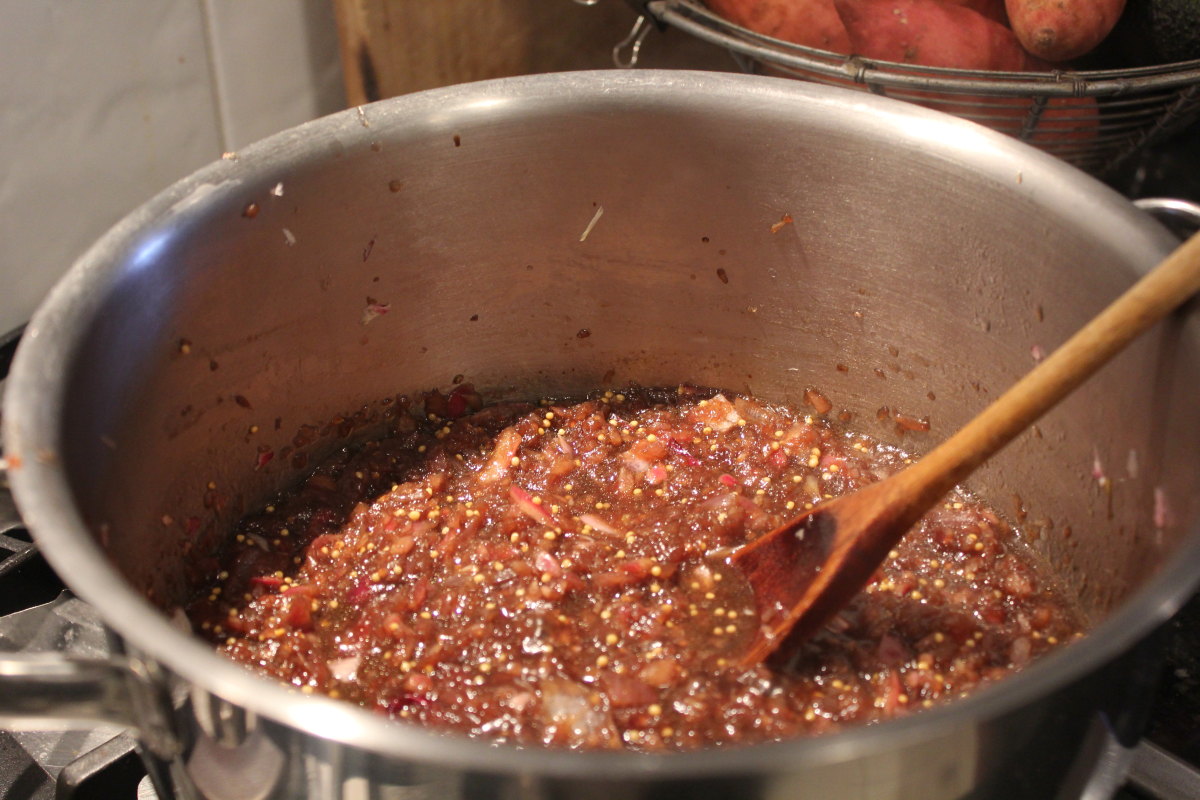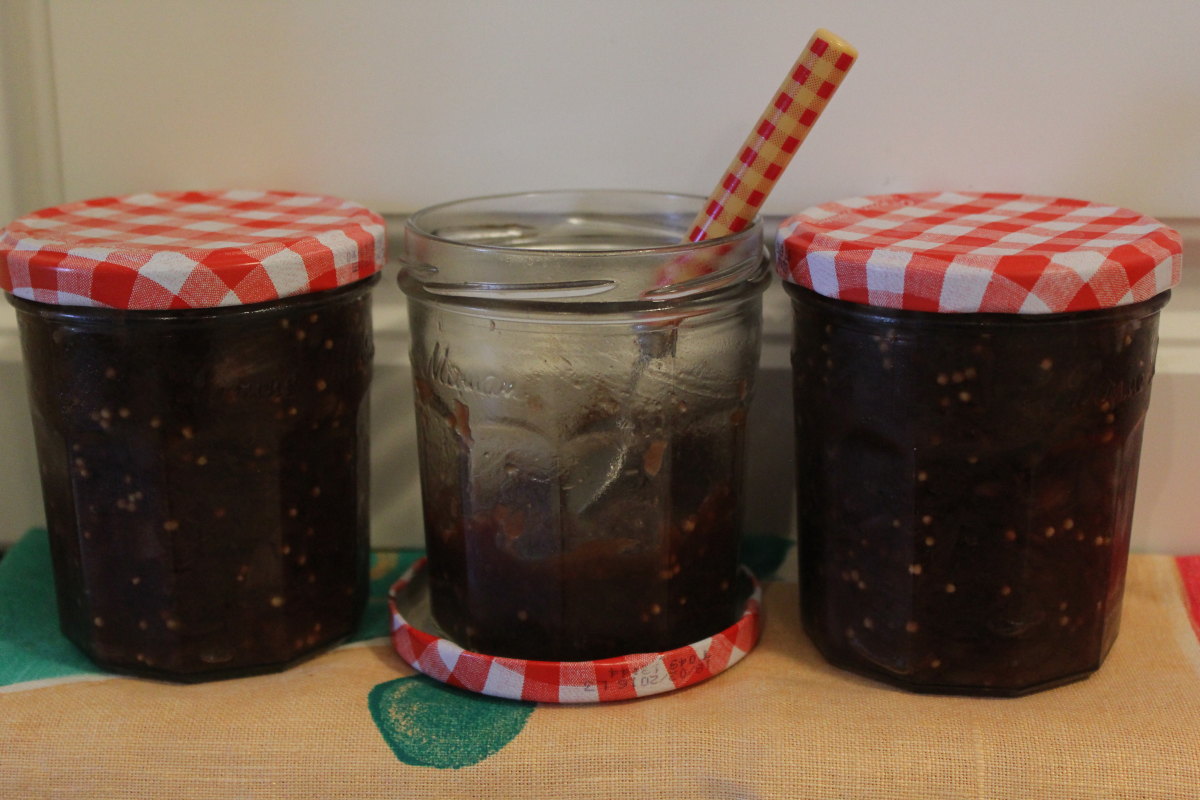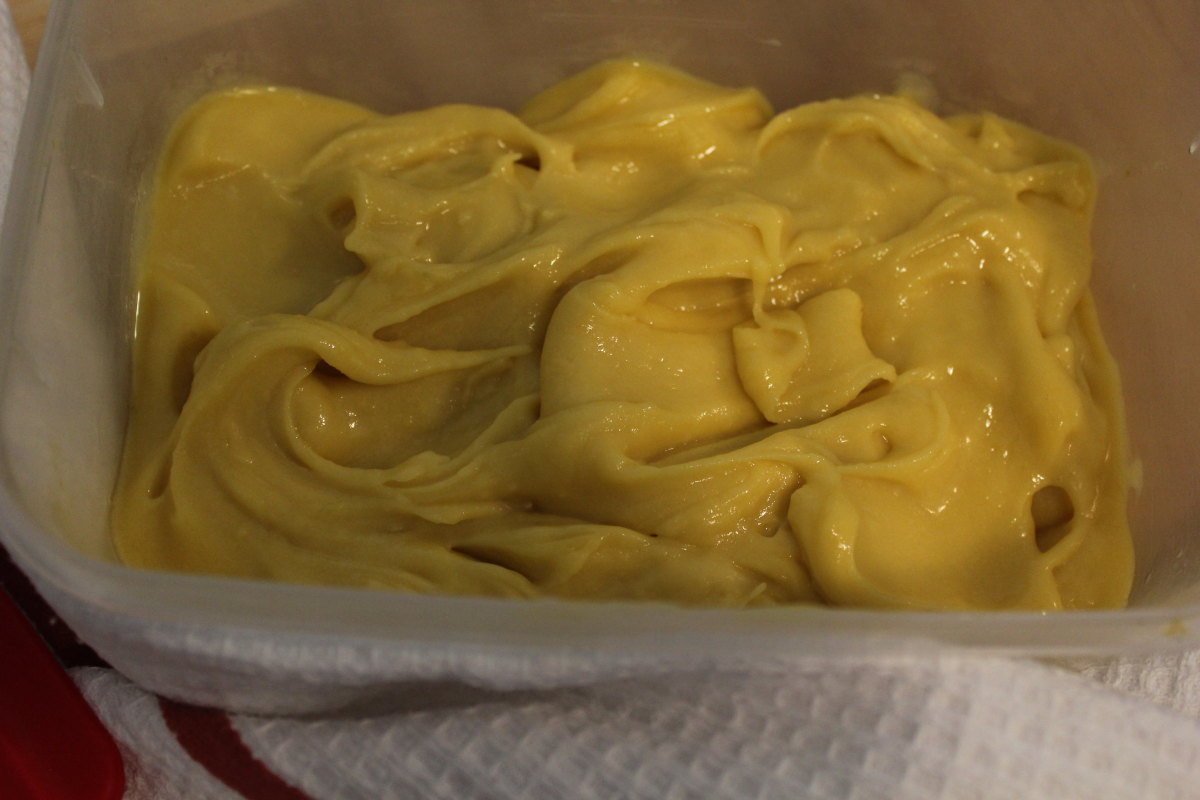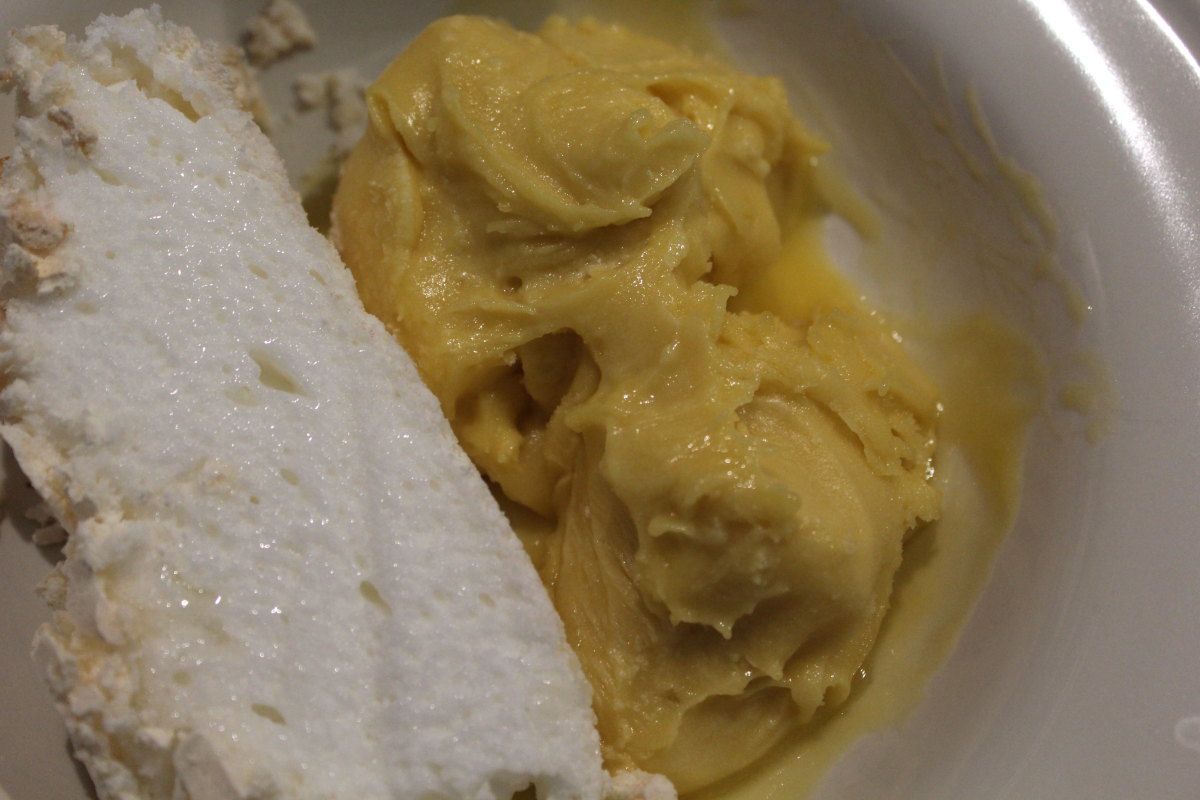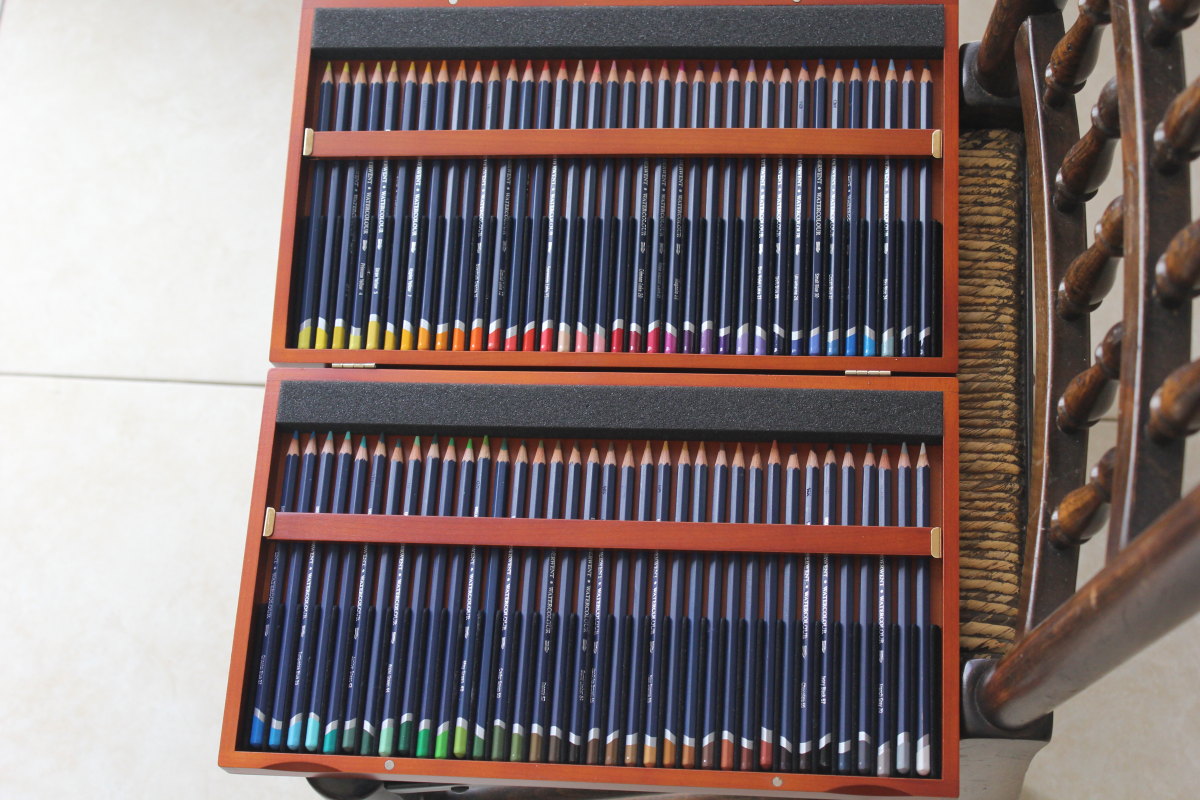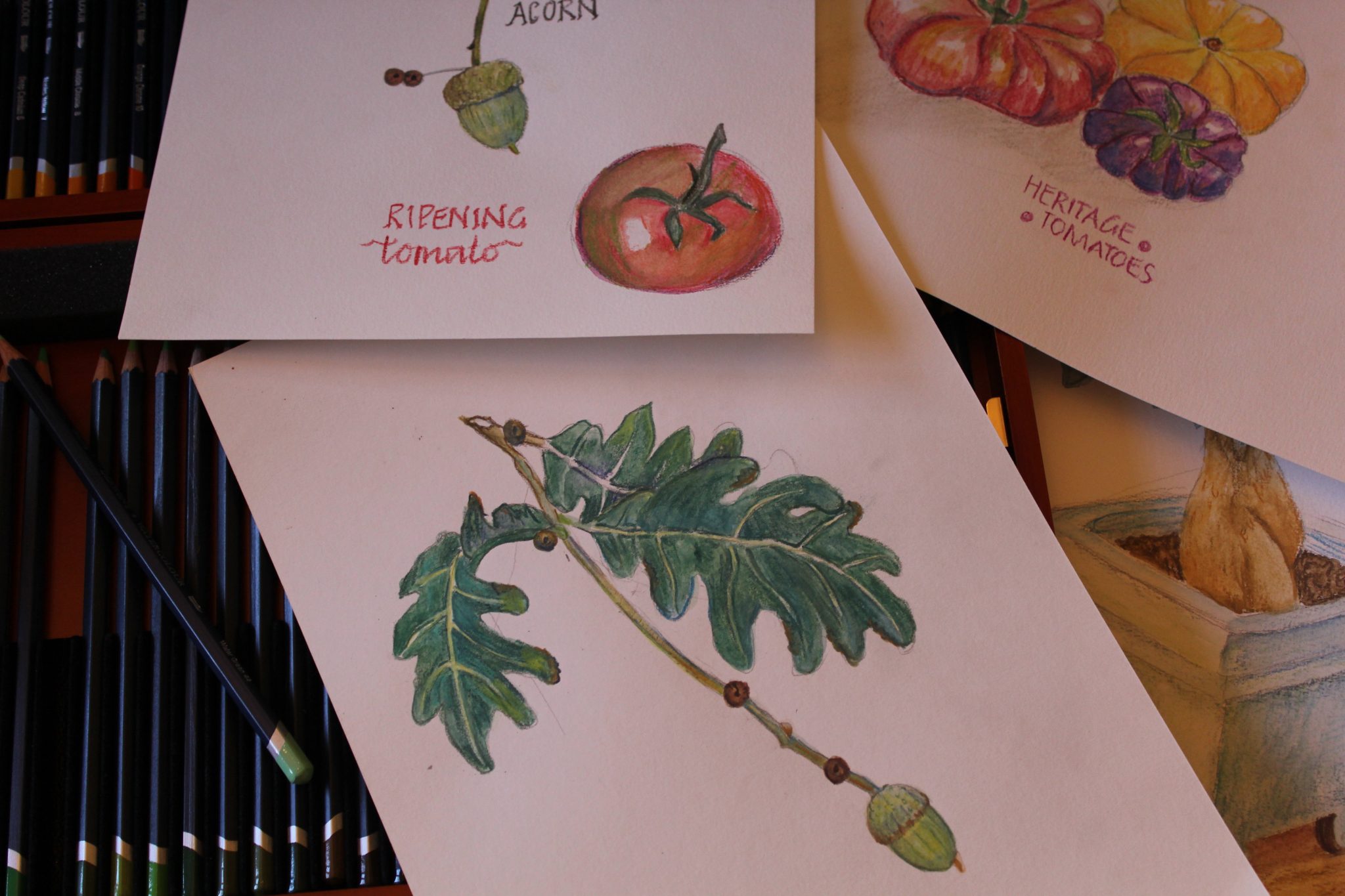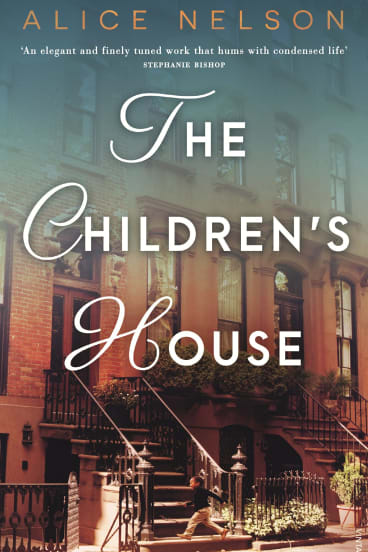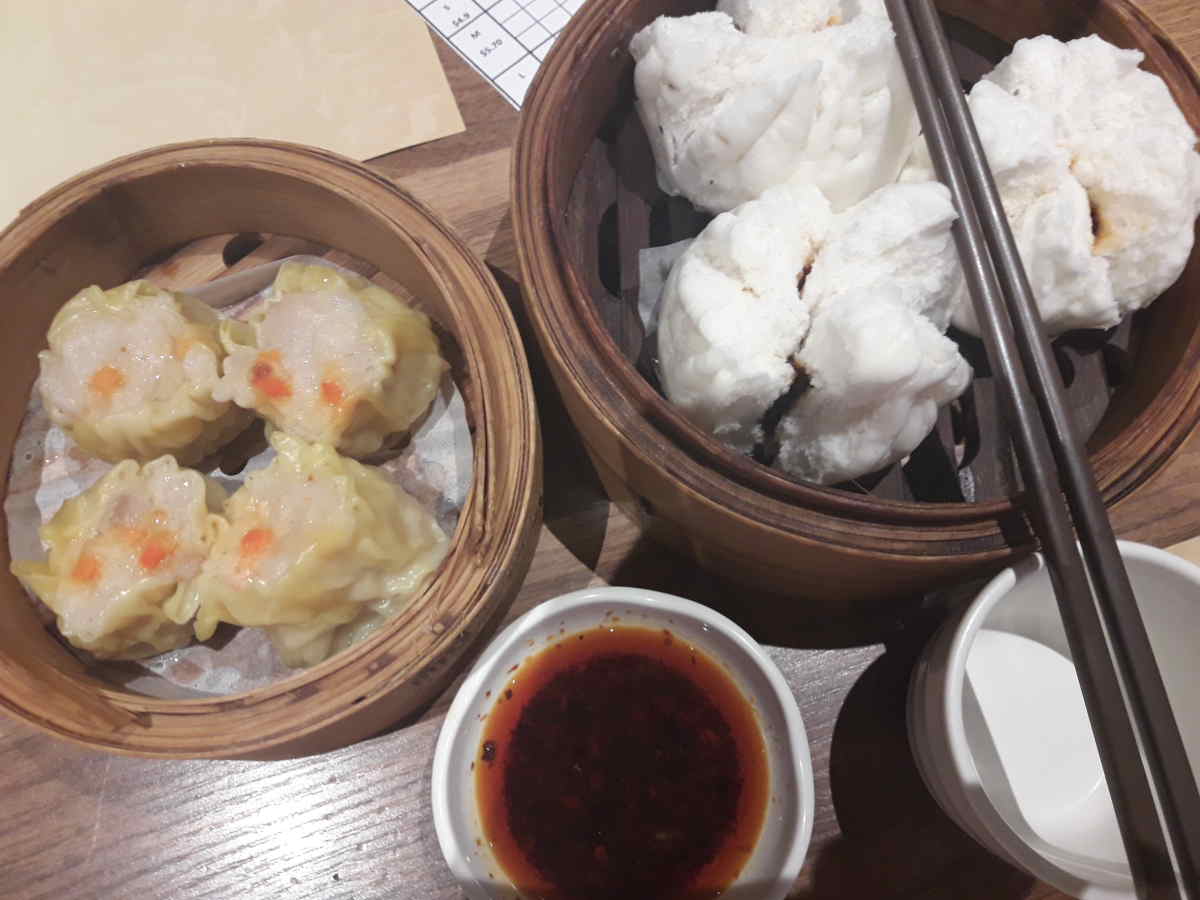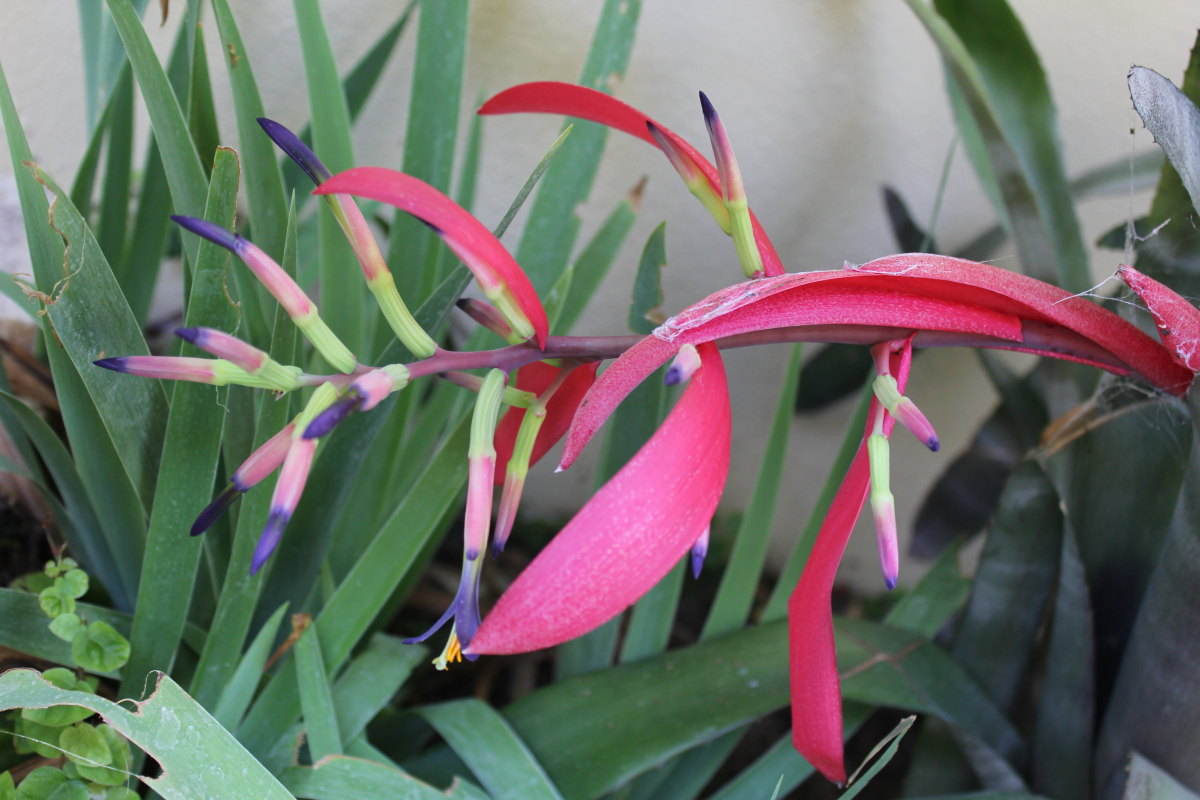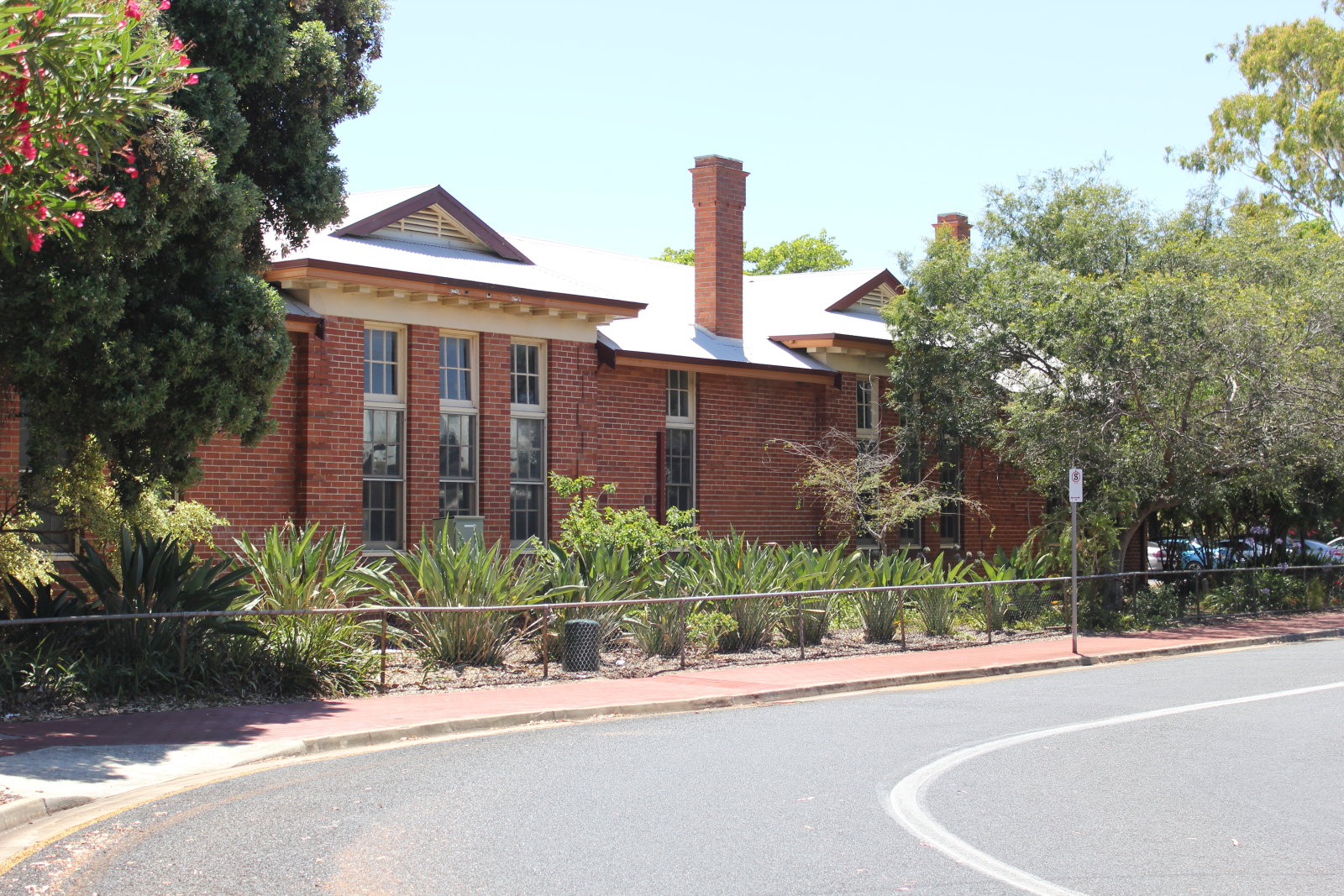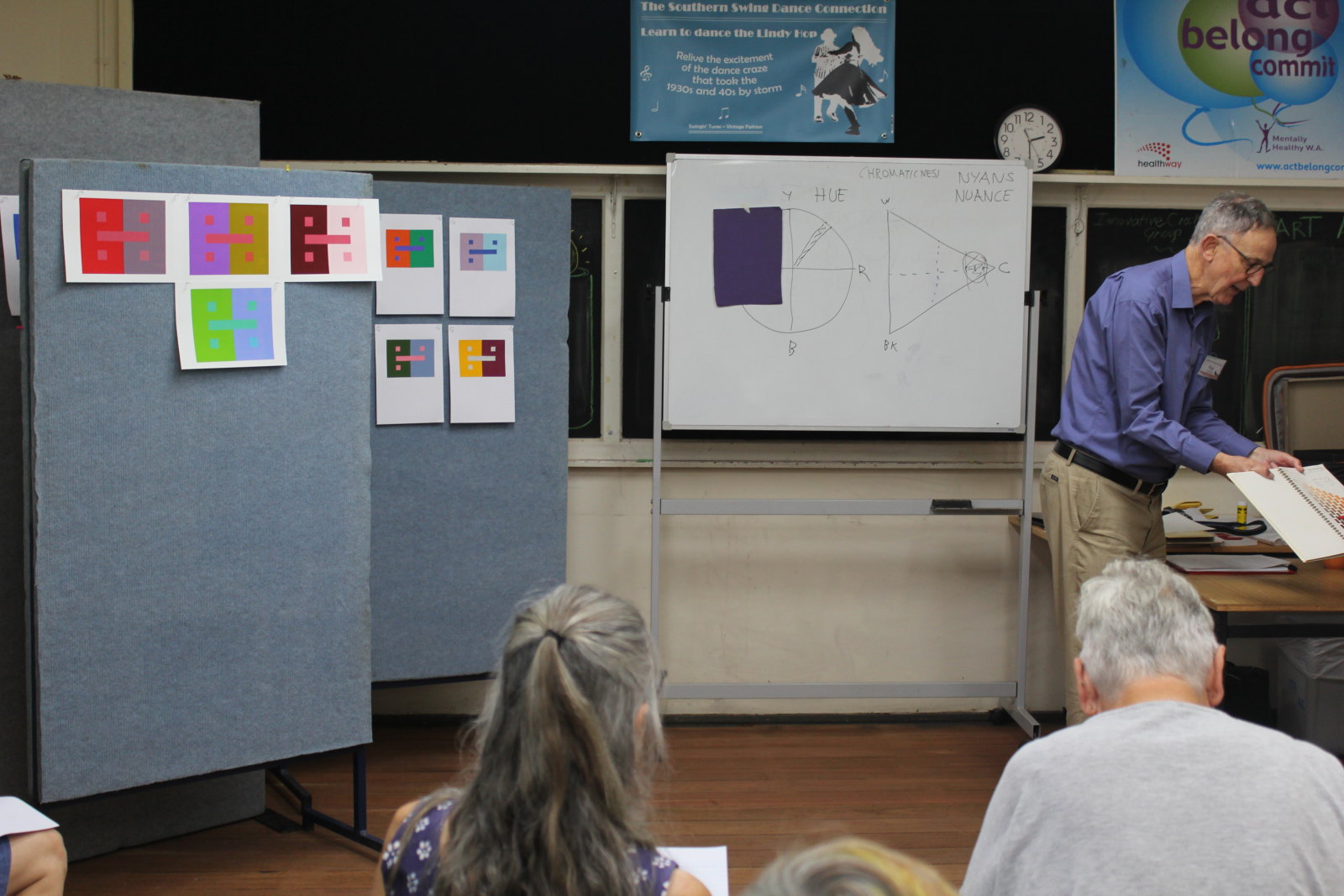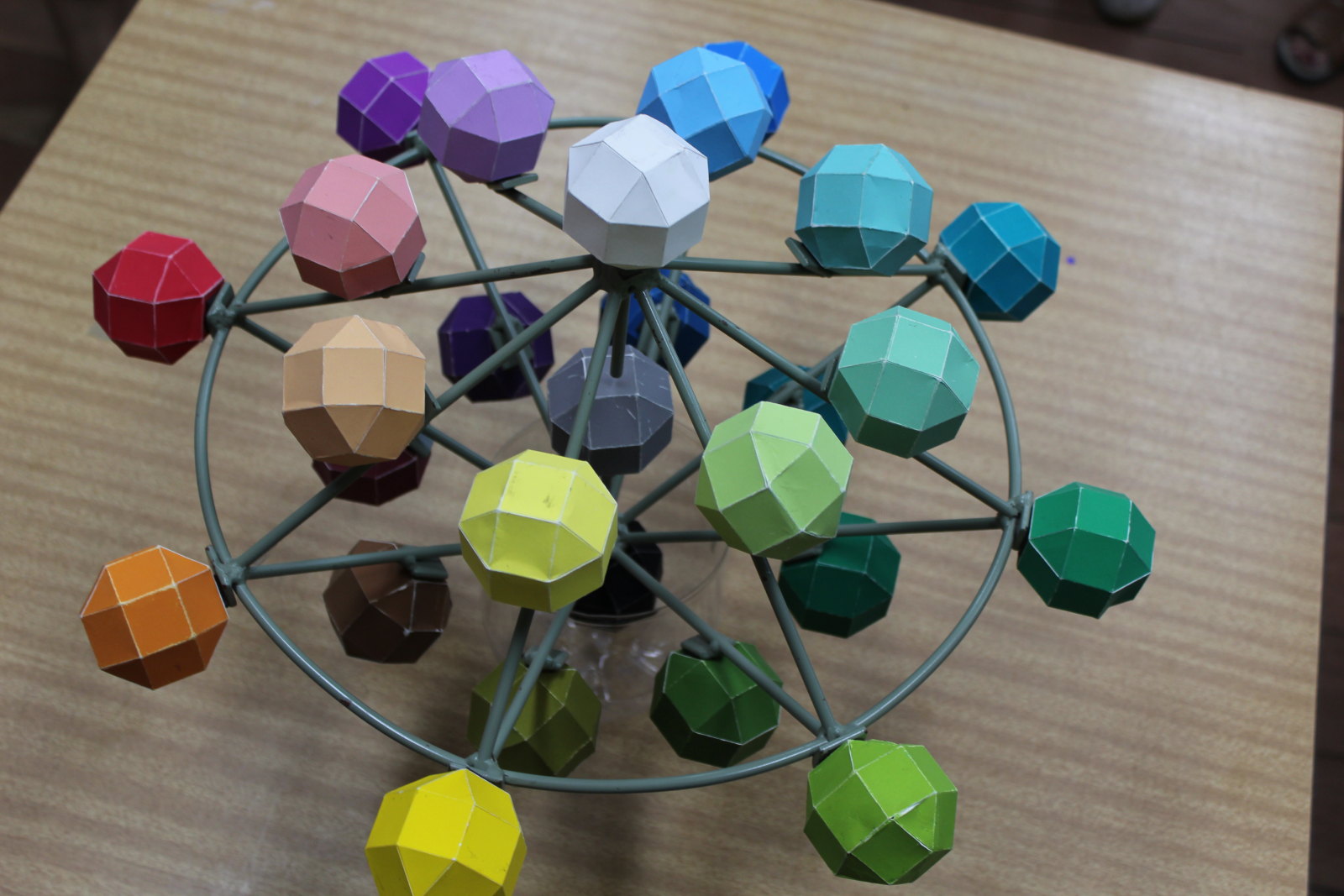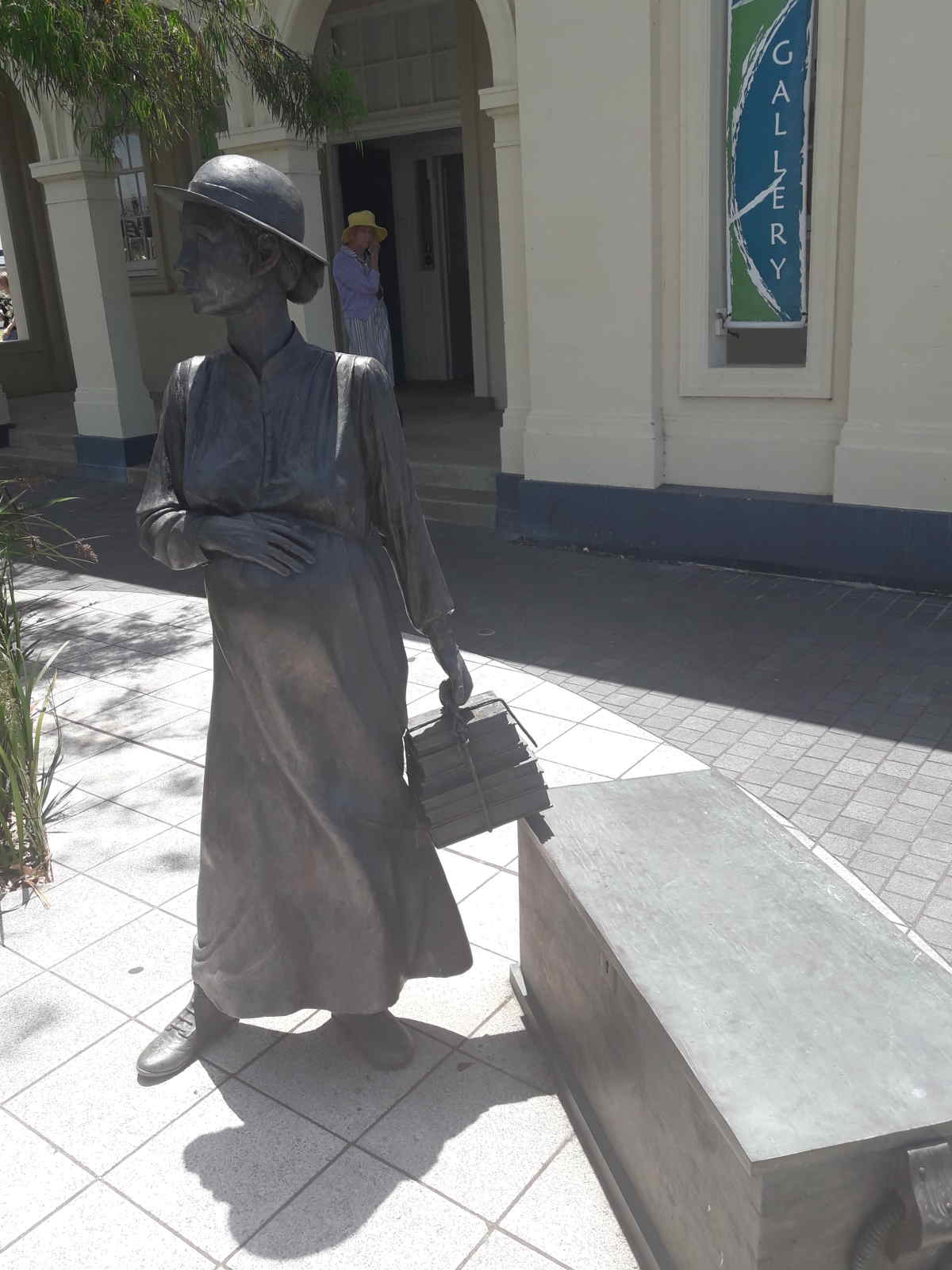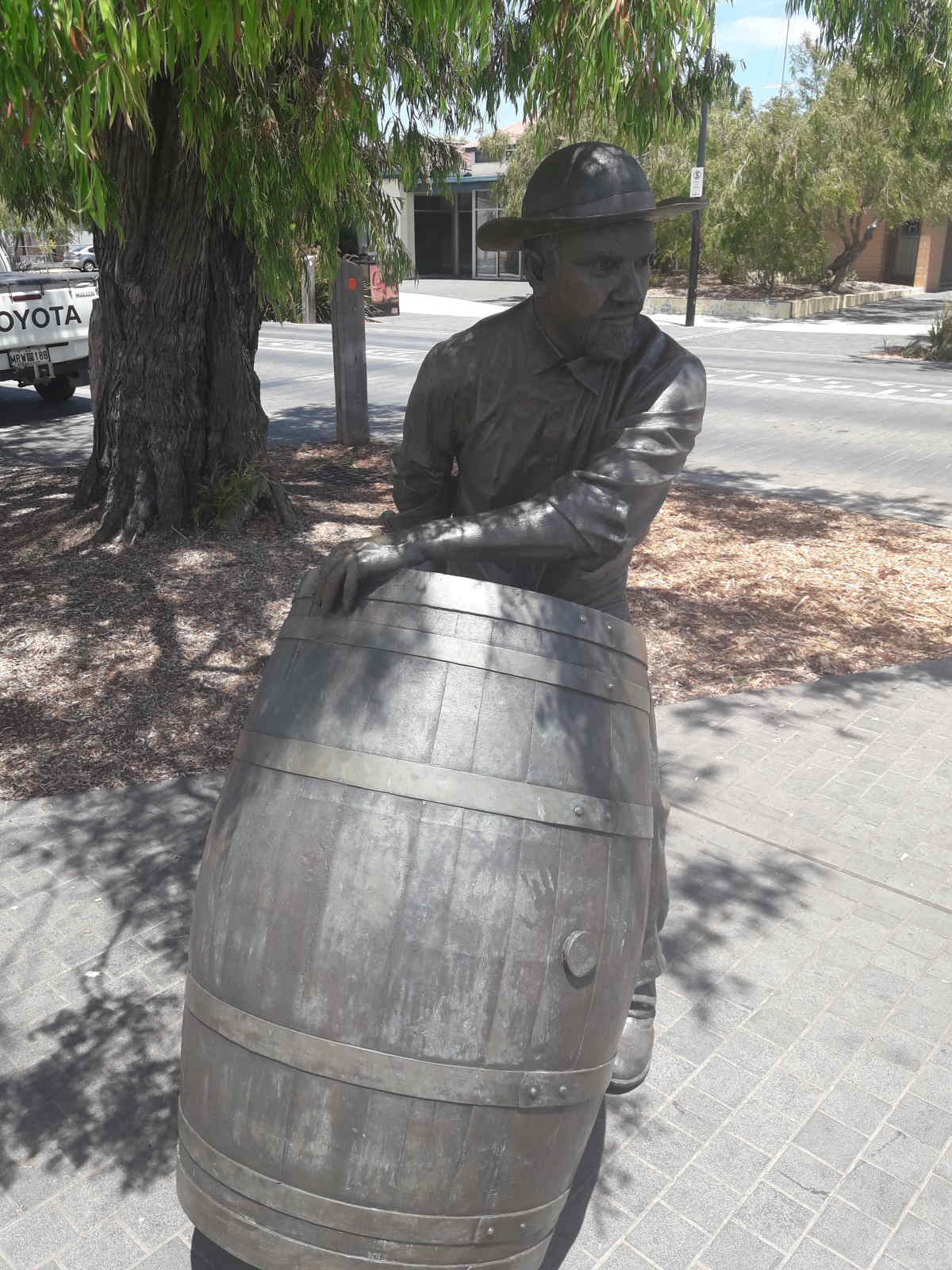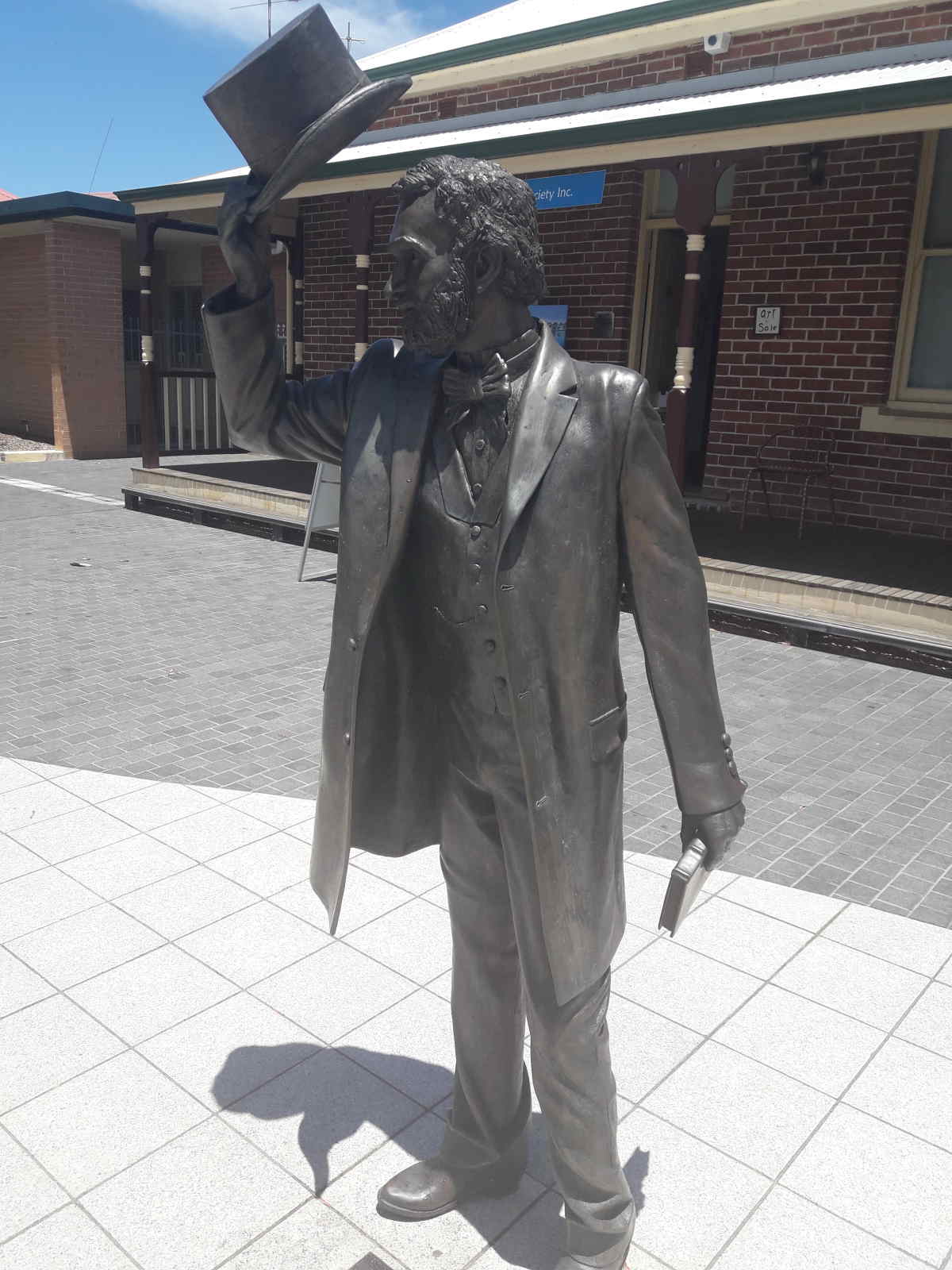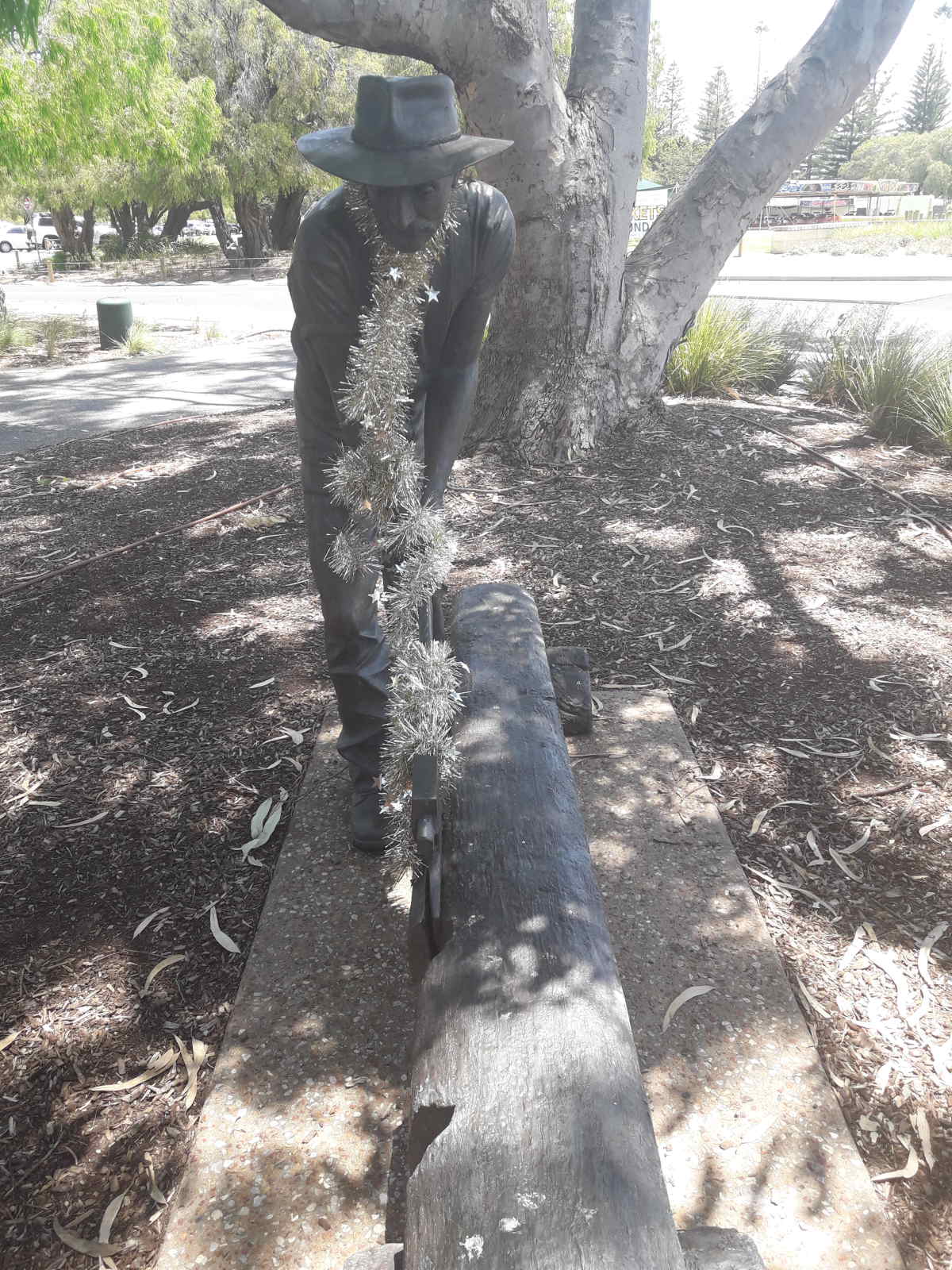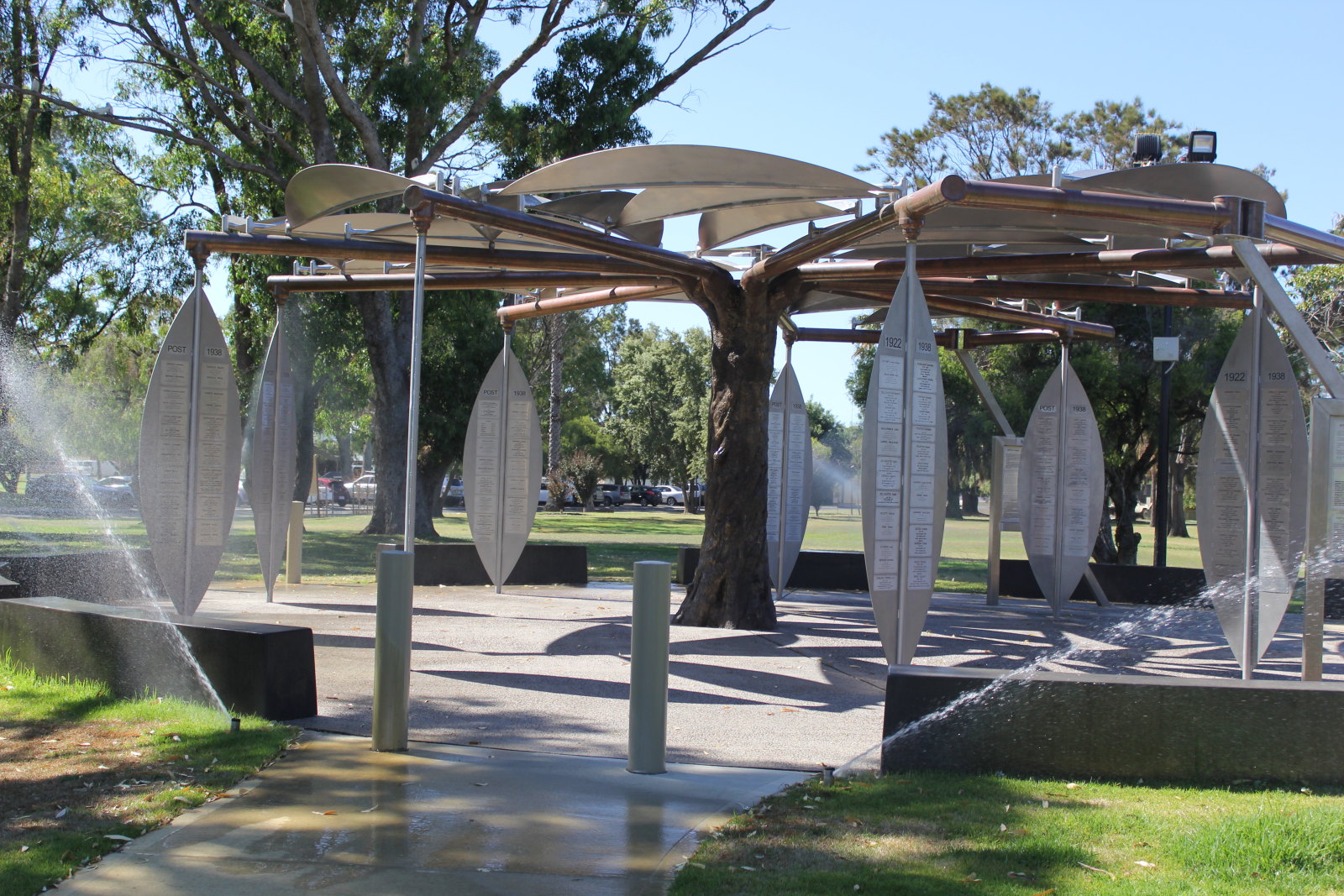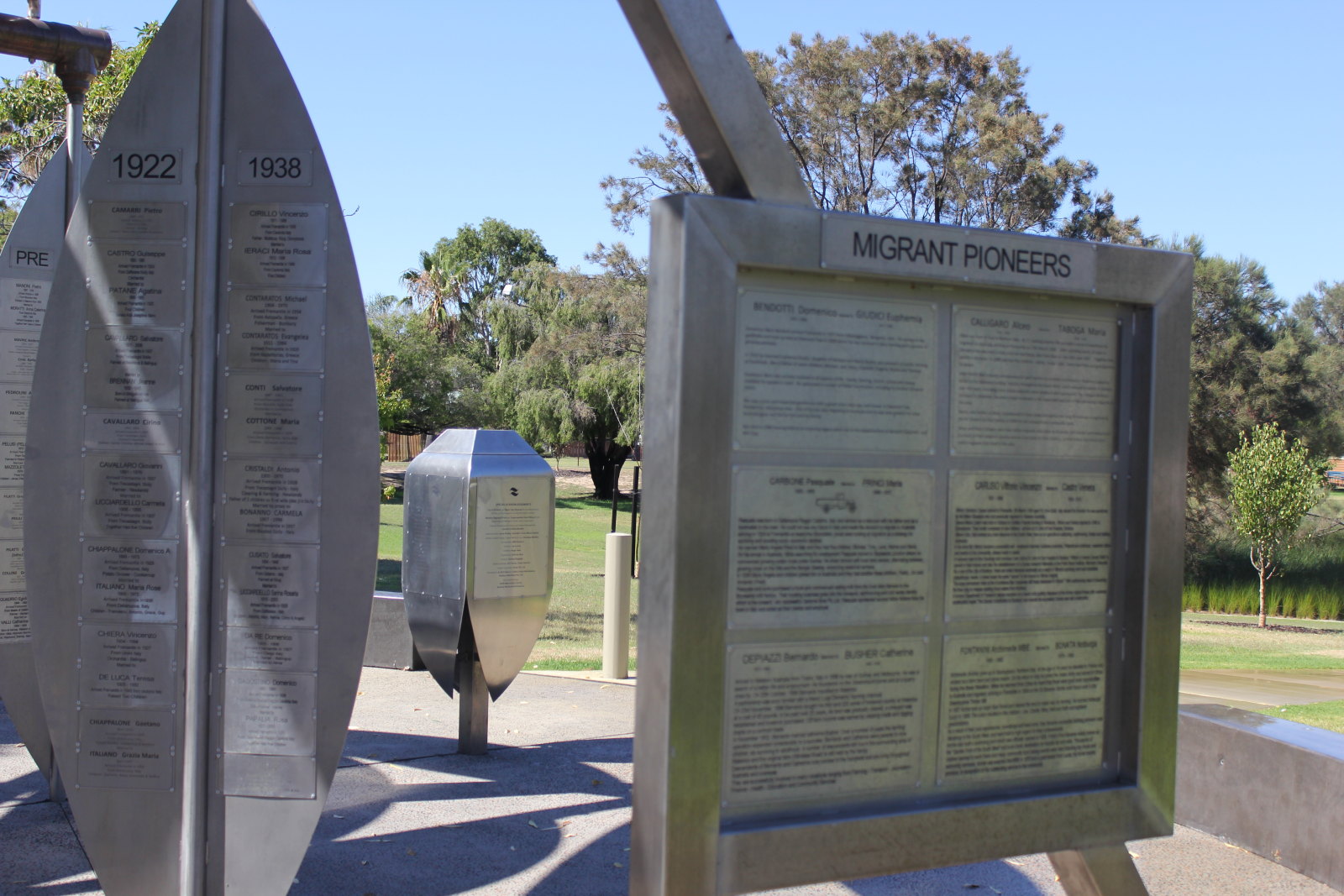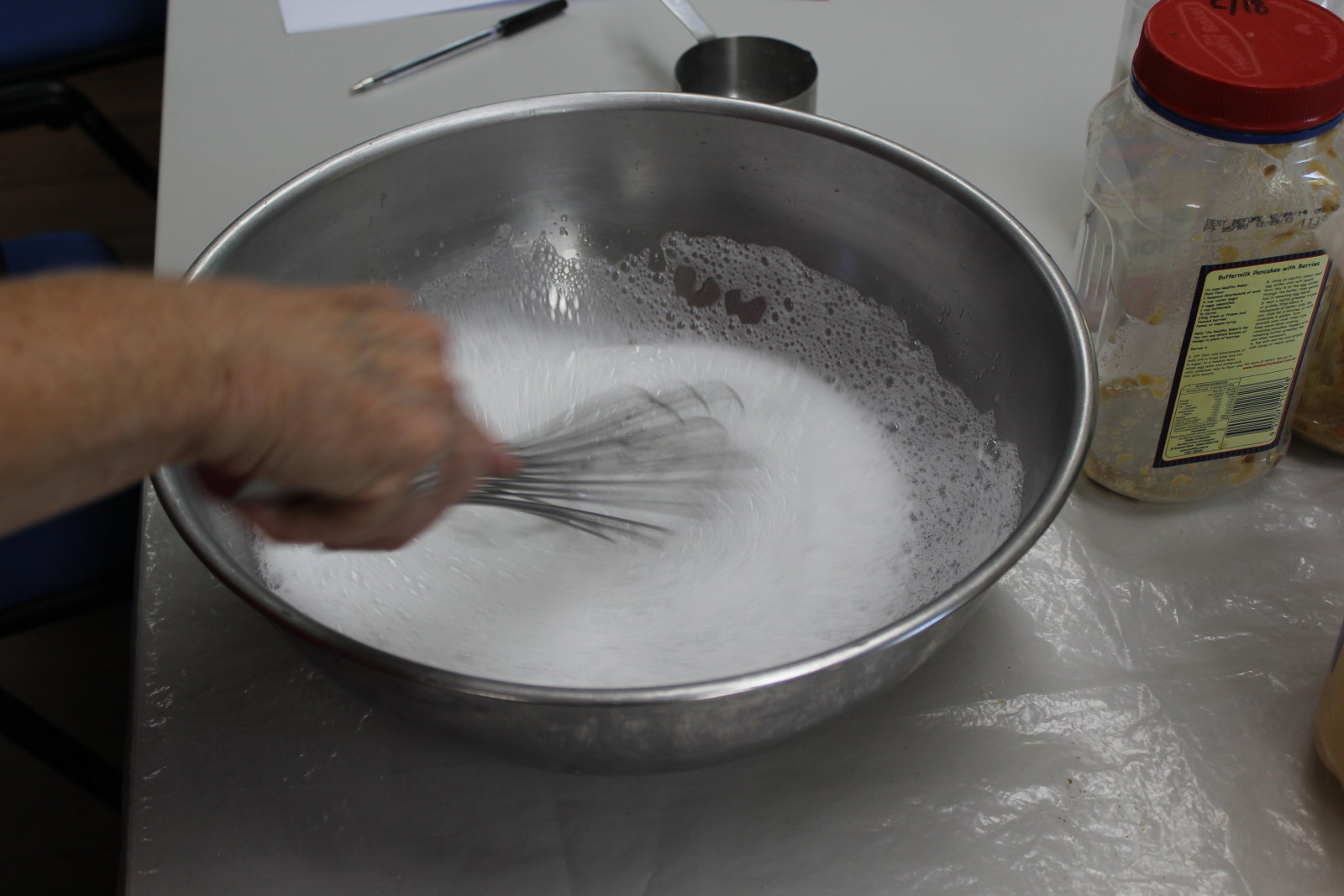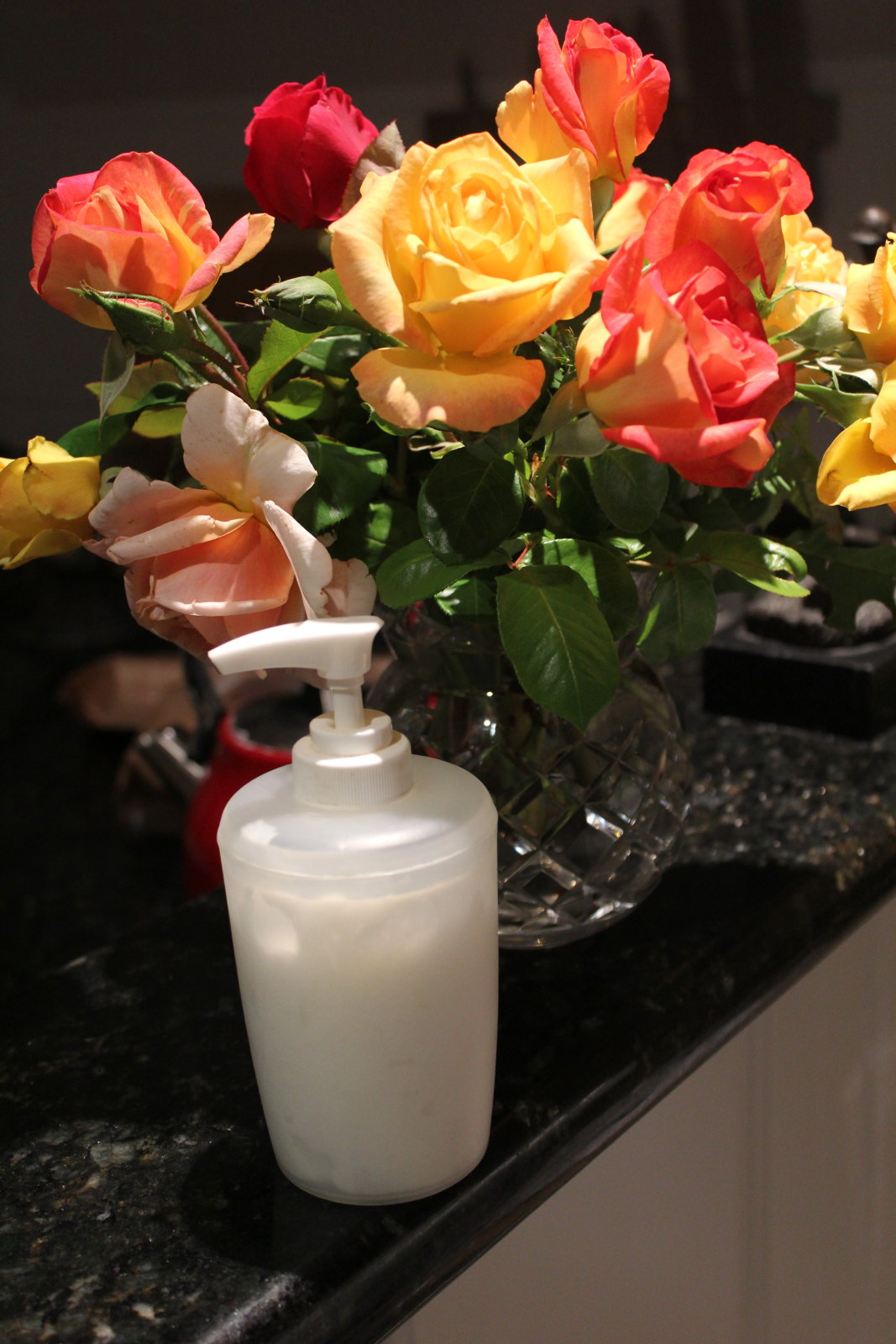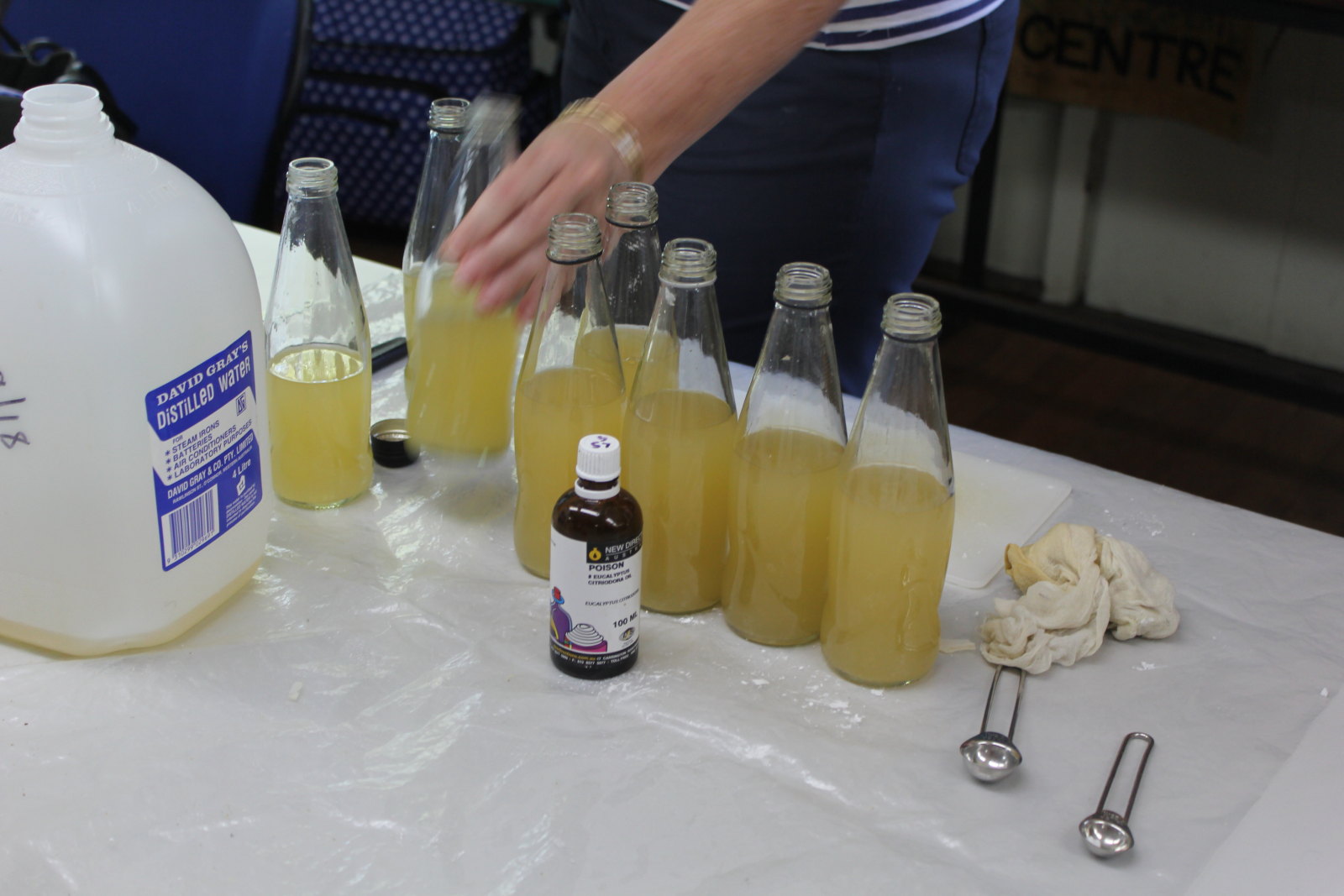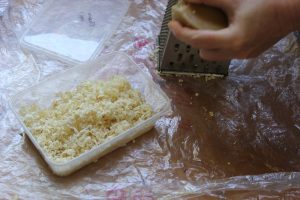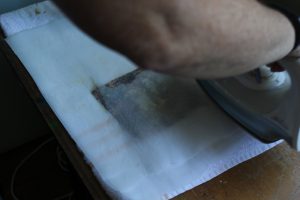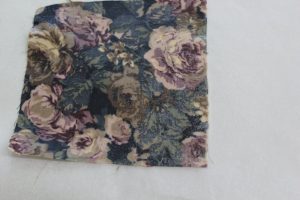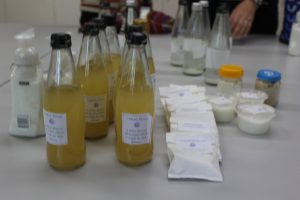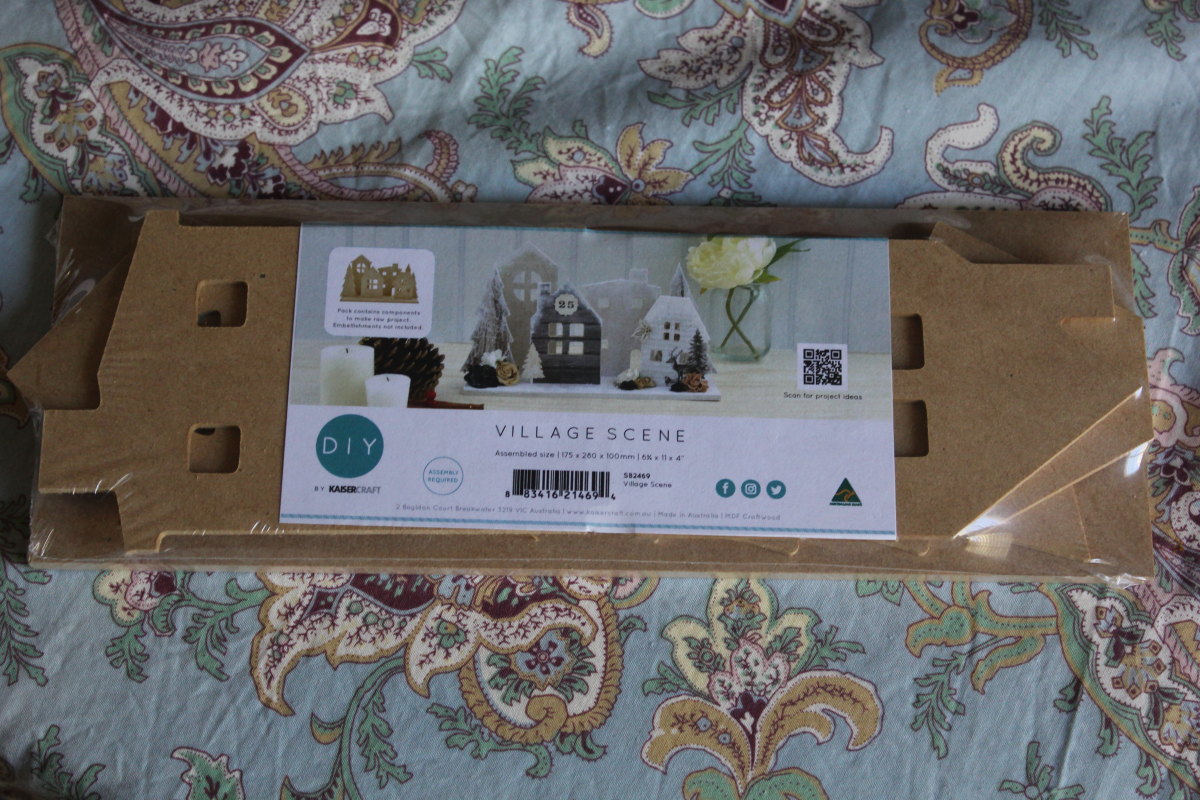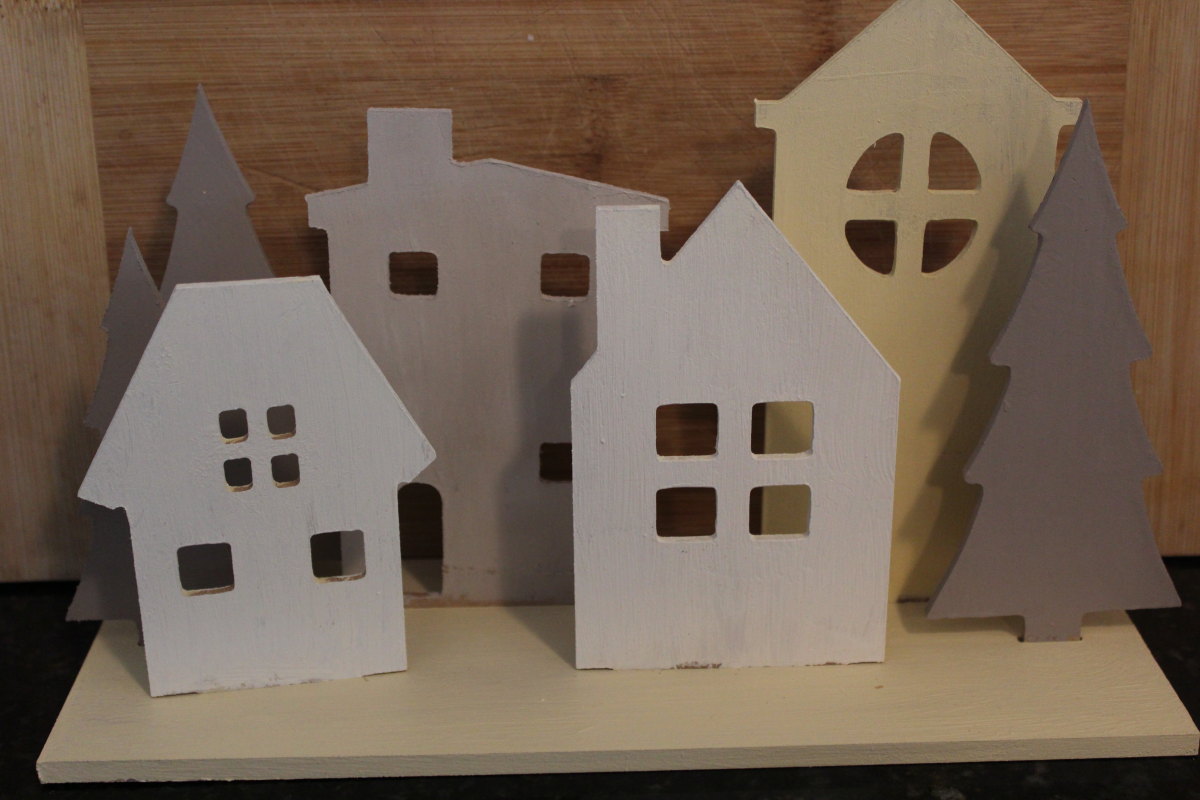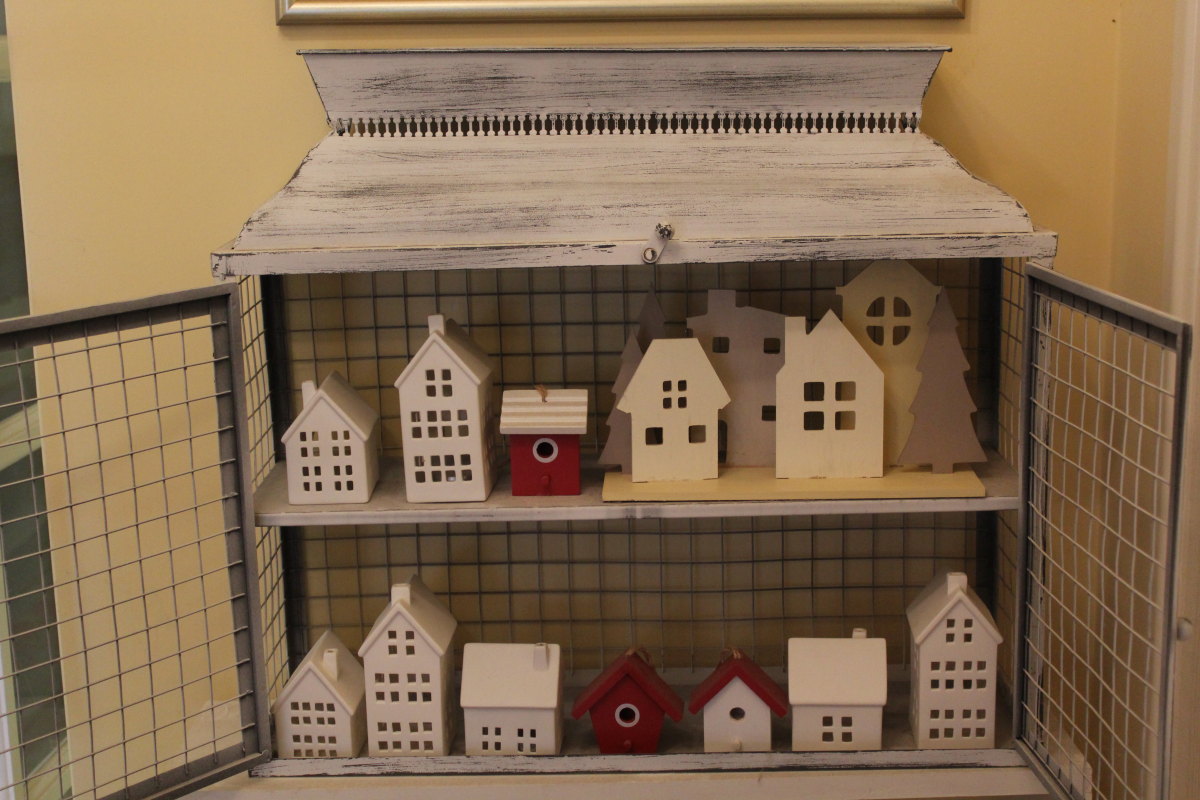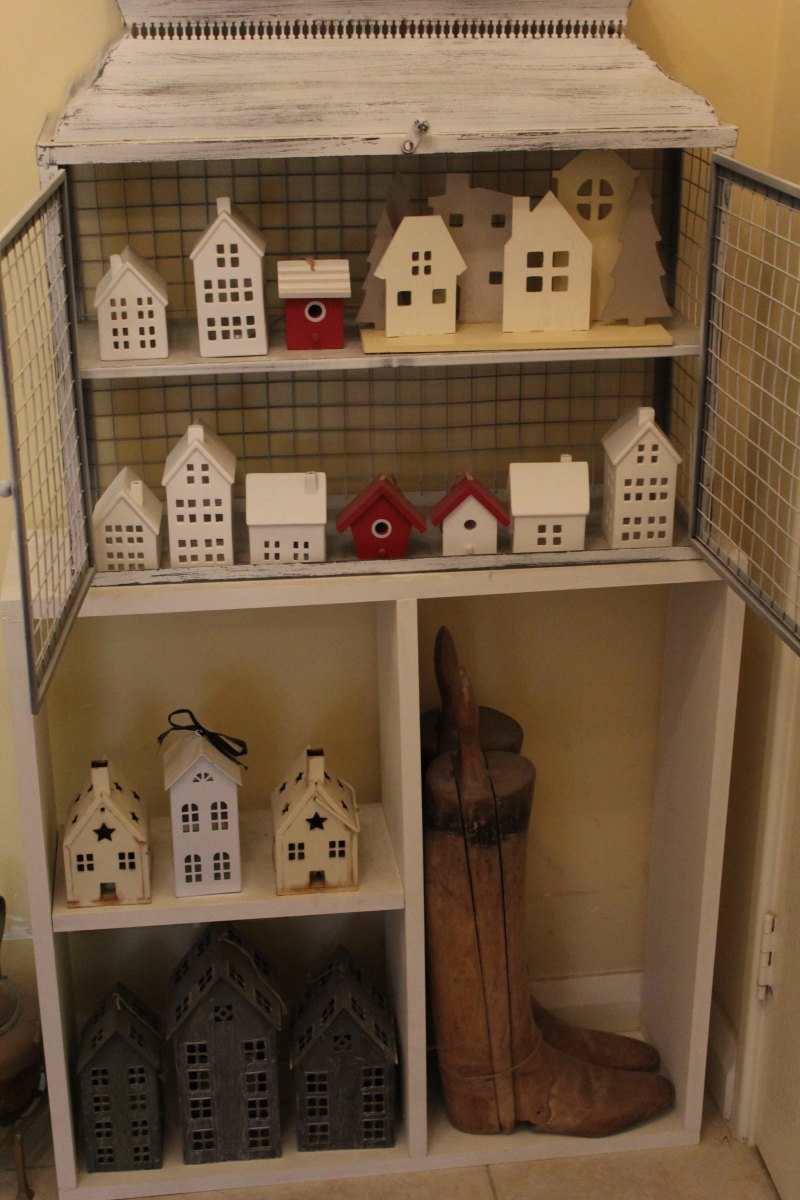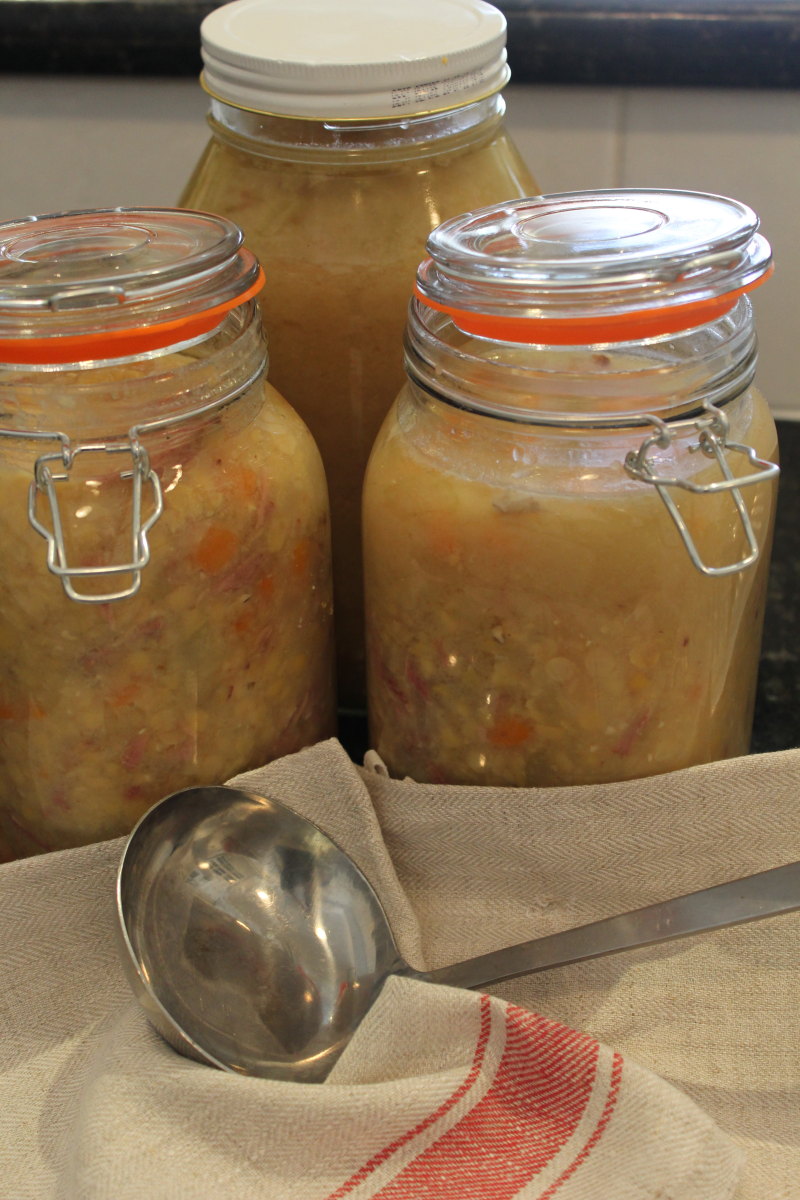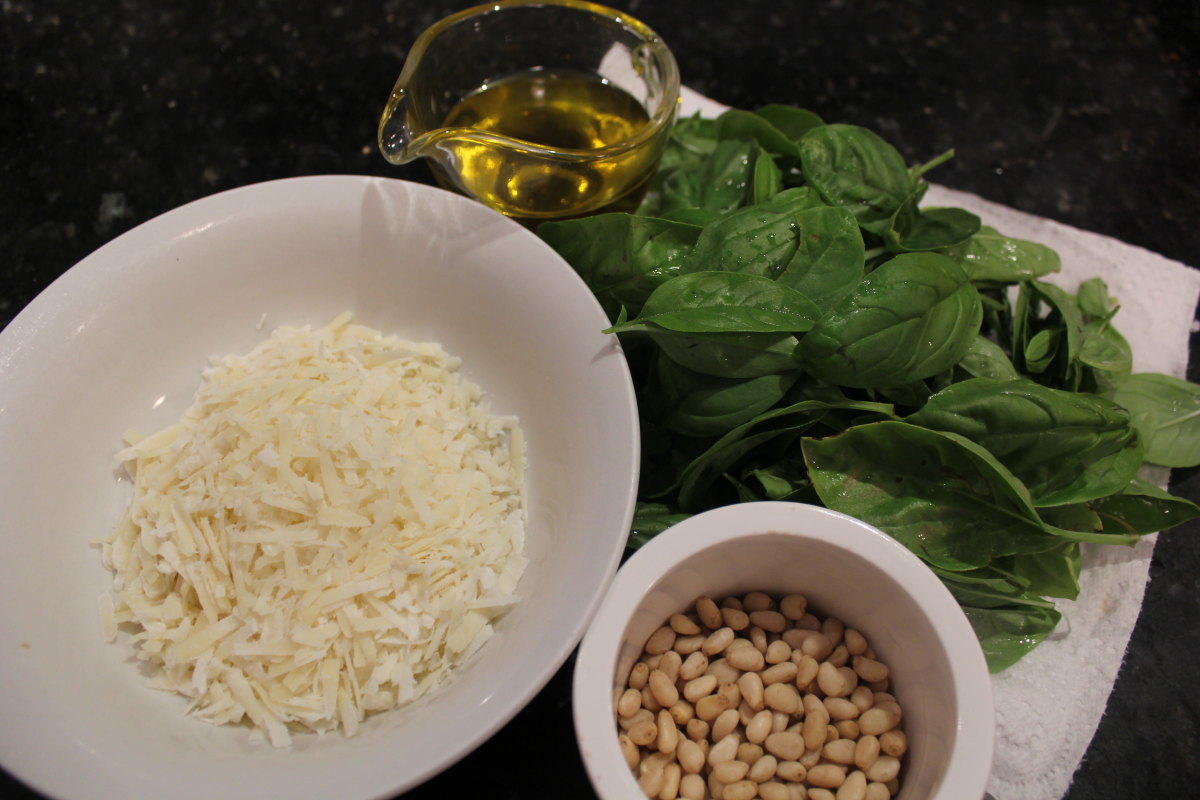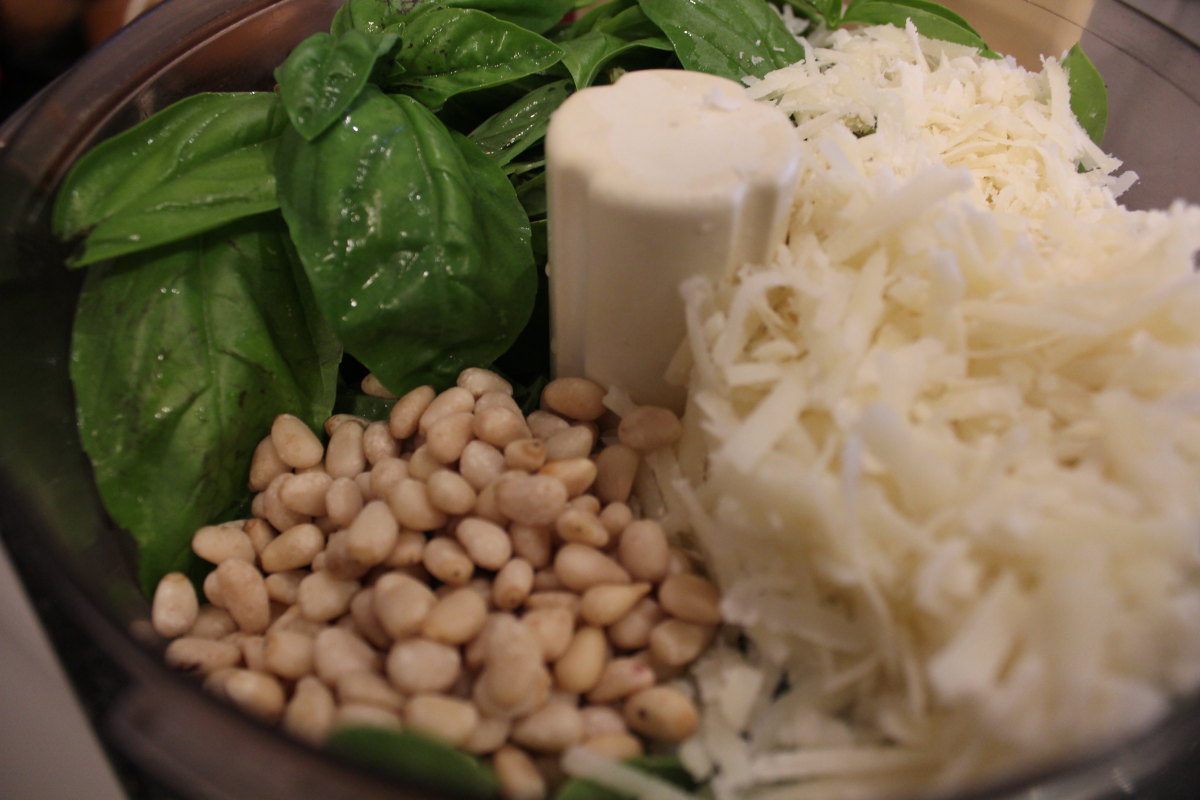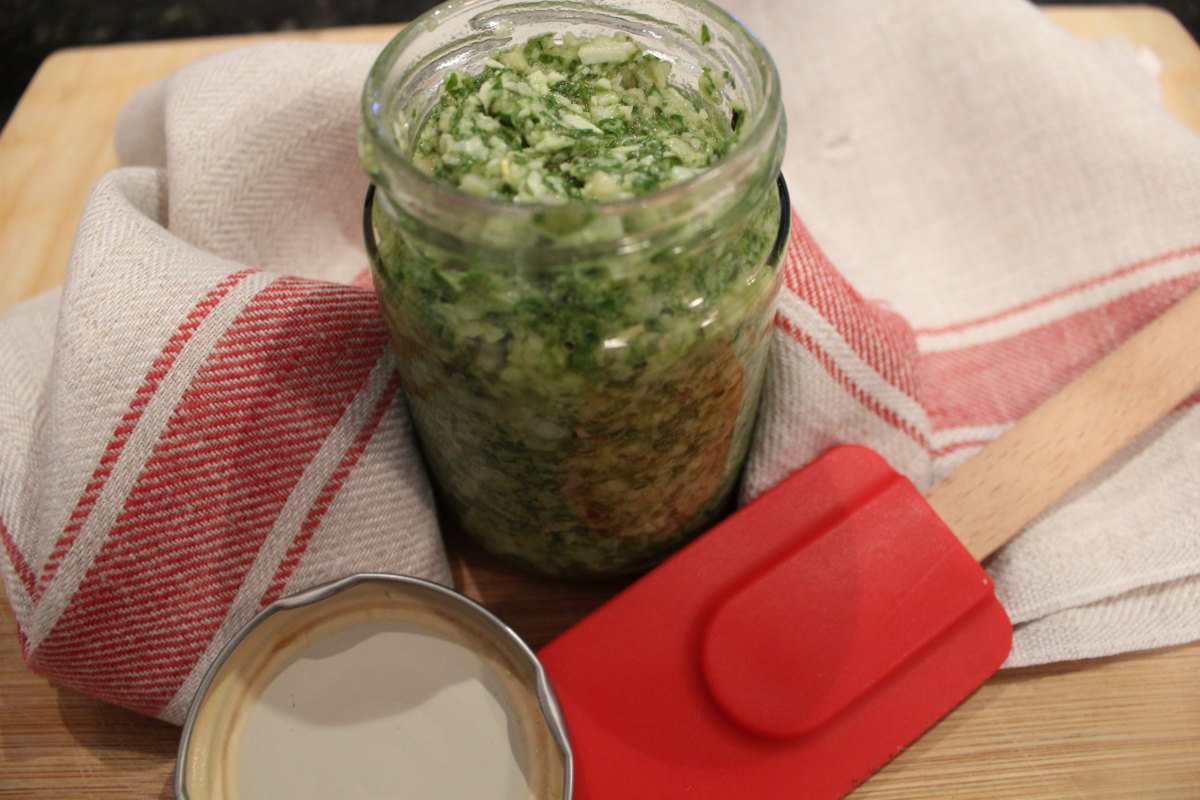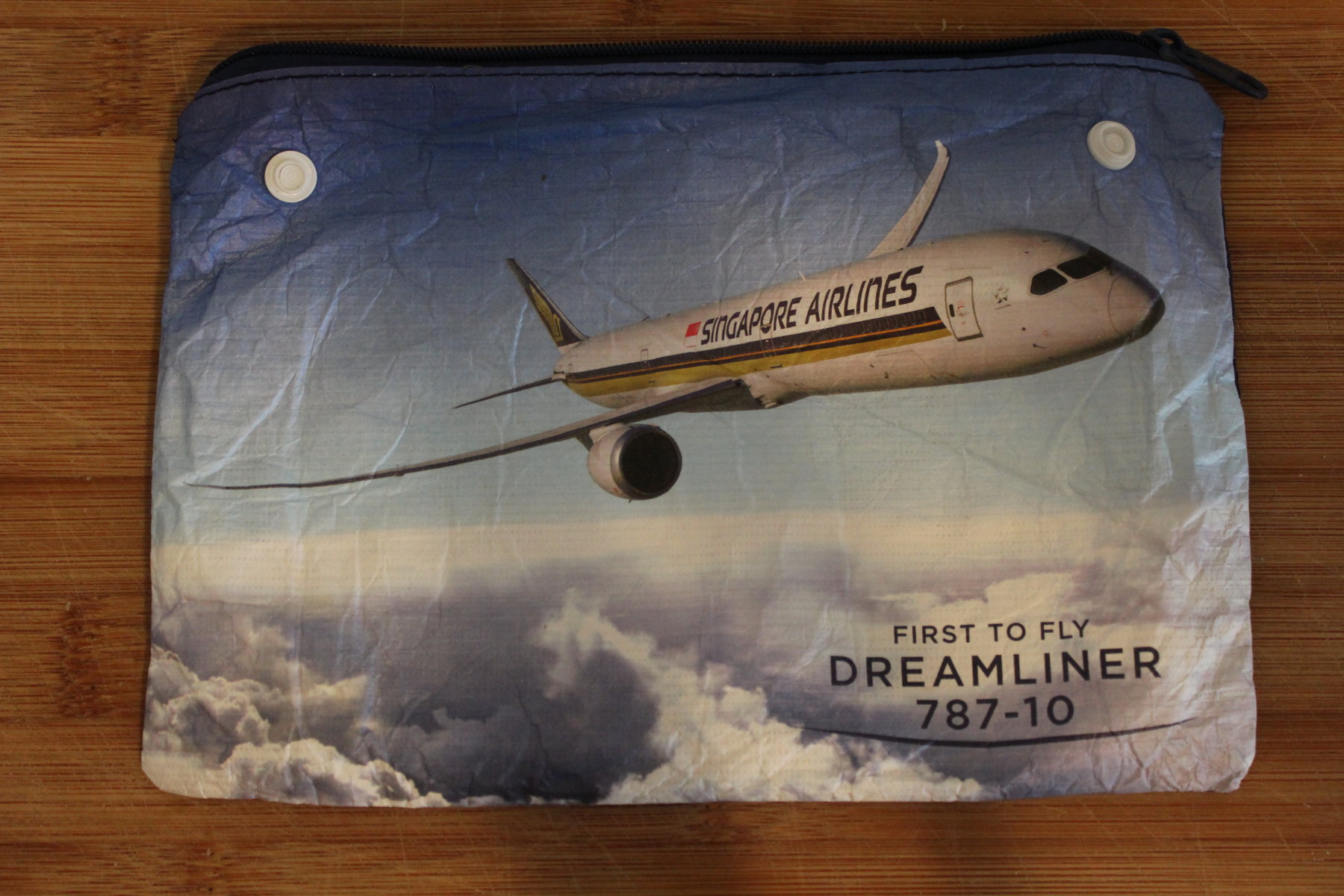

Amenity bags aren’t what they used to be! Once they’d hold socks, toothpaste and brush, comb and small brush, earplugs and eye mask, lip balm, maybe an emery board and razor with cream and other little treats. These all came in a variety of lovely, re-usable zippered or drawstring bags which I have frequently repurposed. The most recent bags held a pair of socks and a toothbrush and tiny tube of toothpaste.
The amenity bag I have repurposed this time is made by DuPont from Tyvek, and claims to be a lightweight and durable material providing the best properties of paper, film and fabric. They say it is eco-friendly, re-usable, water and tear resistant.
I was attracted by it’s claimed sturdiness but also the size is just right for my makeup! I don’t use very much and this size was perfect for my carry-on bag and easy to balance on a hotel window ledge or narrow hotel bathroom shelf. I just had to decorate it to suit me!
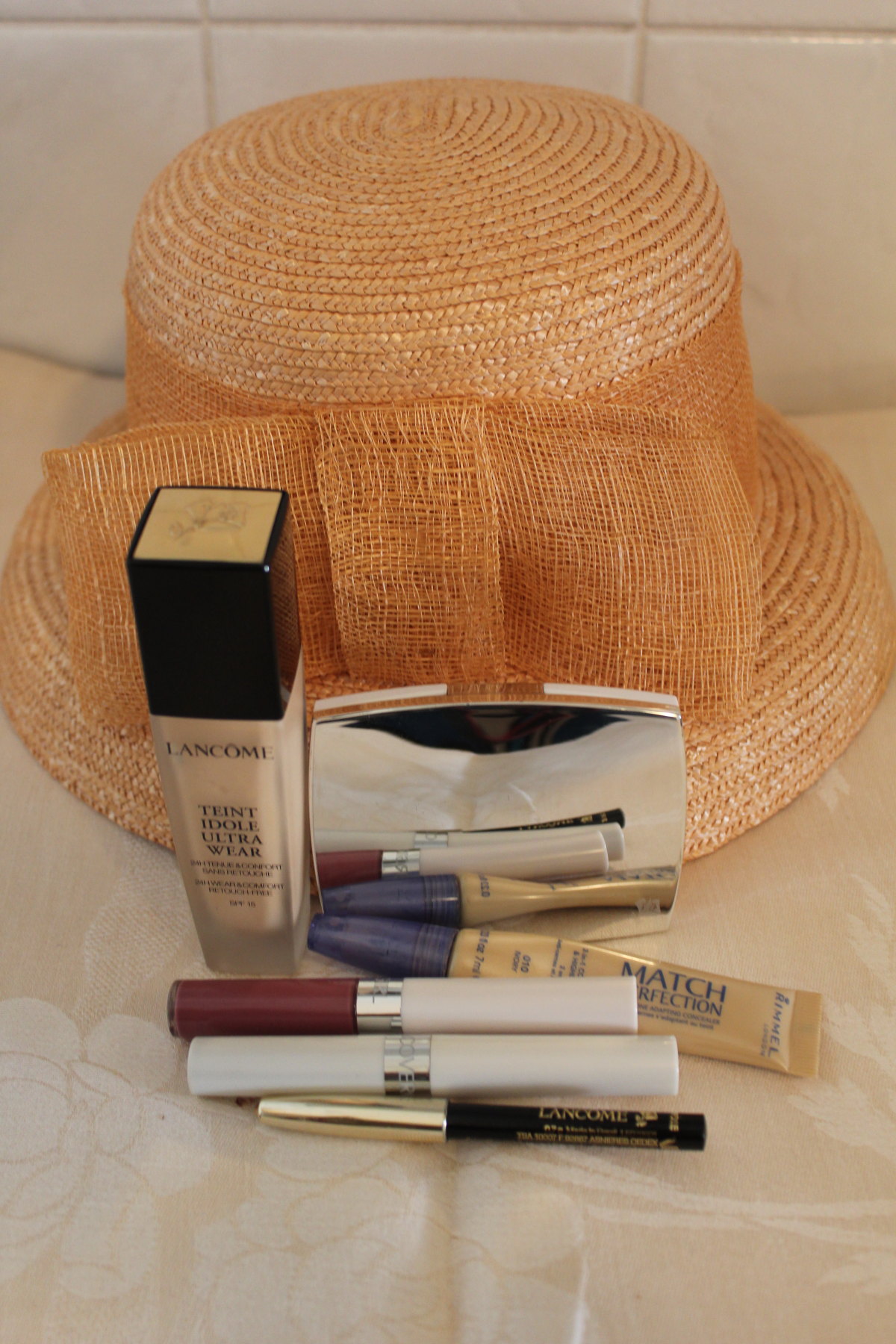

I don’t wear a lot of makeup. I use concealer under my eyes, two part long lasting lipstick, foundation on my nose and smeared eyebrow pencil under my eyes. To finish, if it’s not too hot, pressed powder. For over thirty years I wore hard contact lenses to correct keratoconus and couldn’t risk flakes of mascara getting under the lenses. ( Keratoconus refers to irregular shaped corneas and the GP contact lenses create a smooth, uniform surface on the cornea resulting in improved vision) When gas permeable lenses became available to treat this and I could wear mascara it was too late; I was very aware of the black on my lashes and didn’t like it! I didn’t wear eye shadow for years for the same reason and now find that a bit of a pain, too, so minimal makeup.
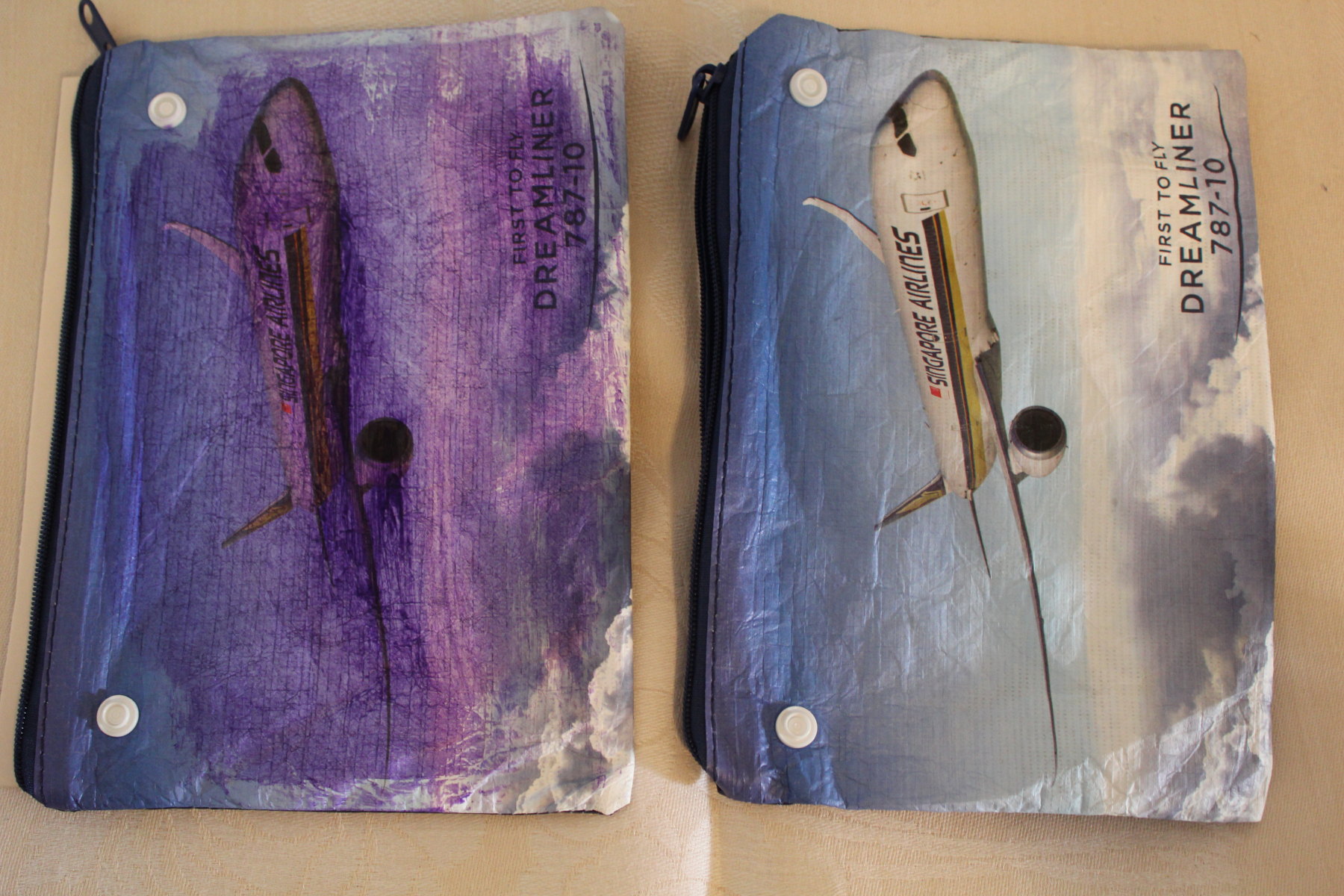

After wash applied. Before wash applied.
The first step in decorating the bags was to give the front a light wash using fabric dye. I placed a slightly smaller piece of card in the bag and then brushed a thin wash of pink on one bag and purple on the other. The card holds the thin, pliable material flat and prevents any dye seeping through to the back of the bag. My intention was not to totally cover the original design but to create a more suitable background for printing.
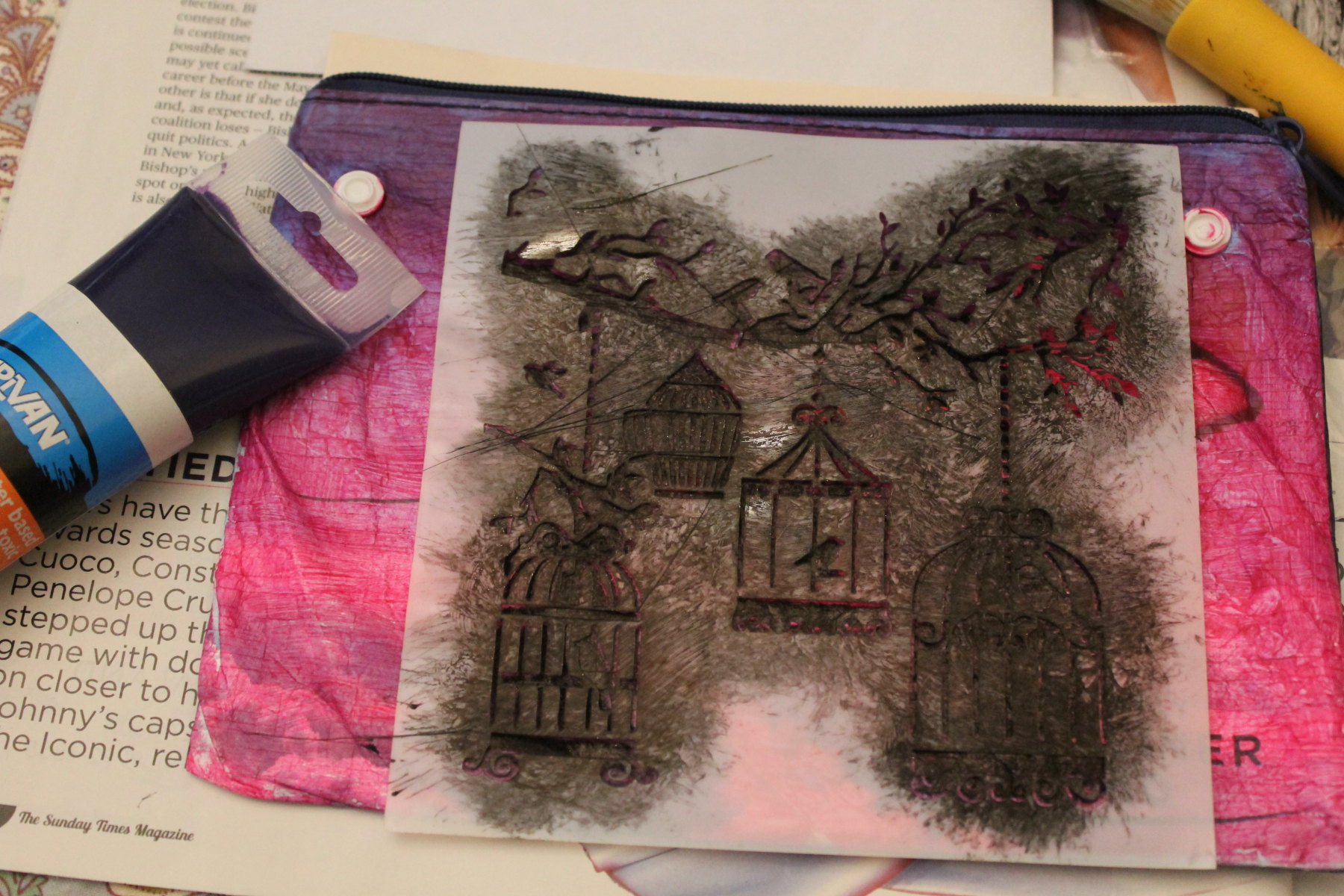

I used black fabric dye, a very old stippling brush and a stencil I bought on eBay to apply the design. When it was dry I decided to add some balance and printed more of the stencil to one side.
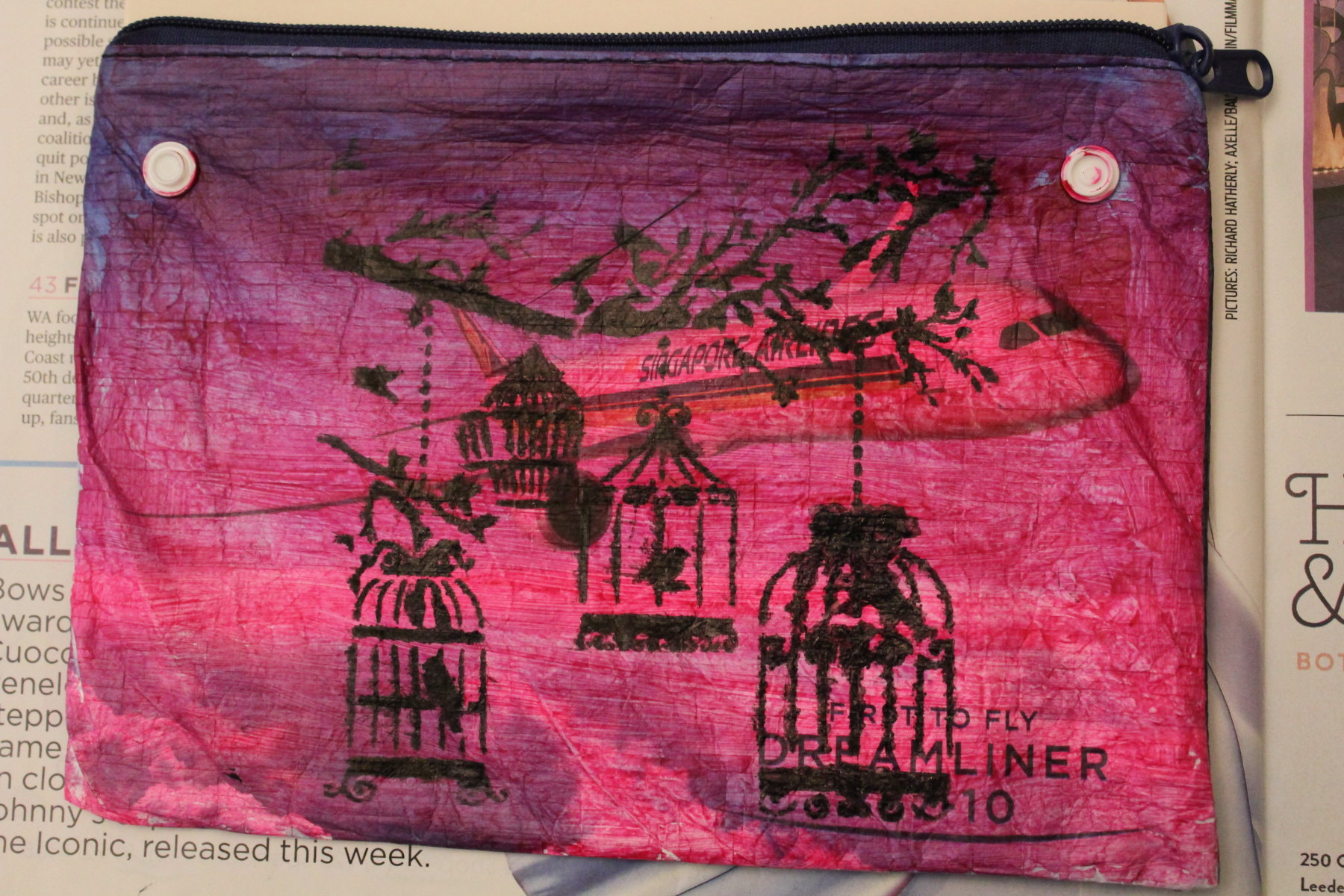

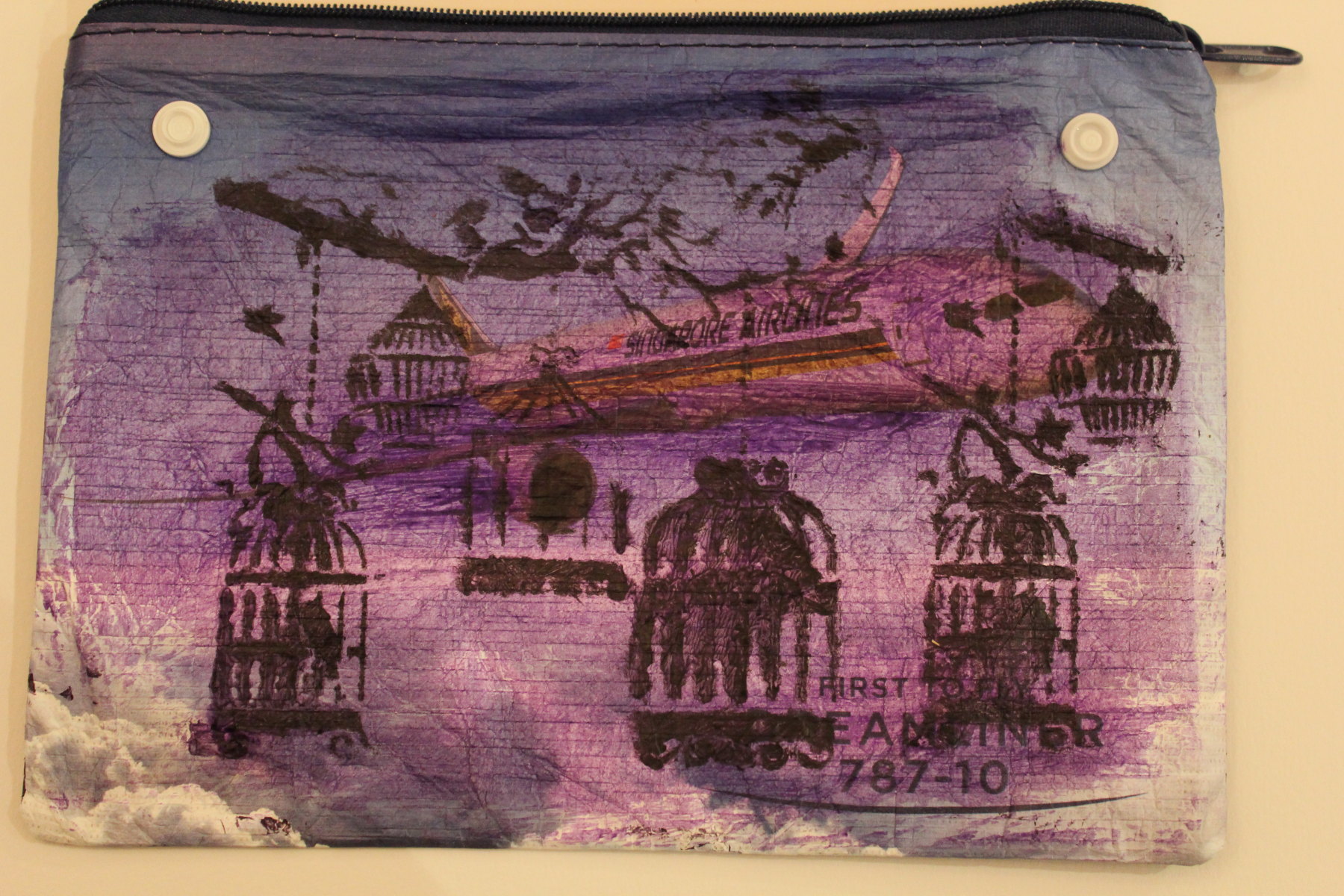


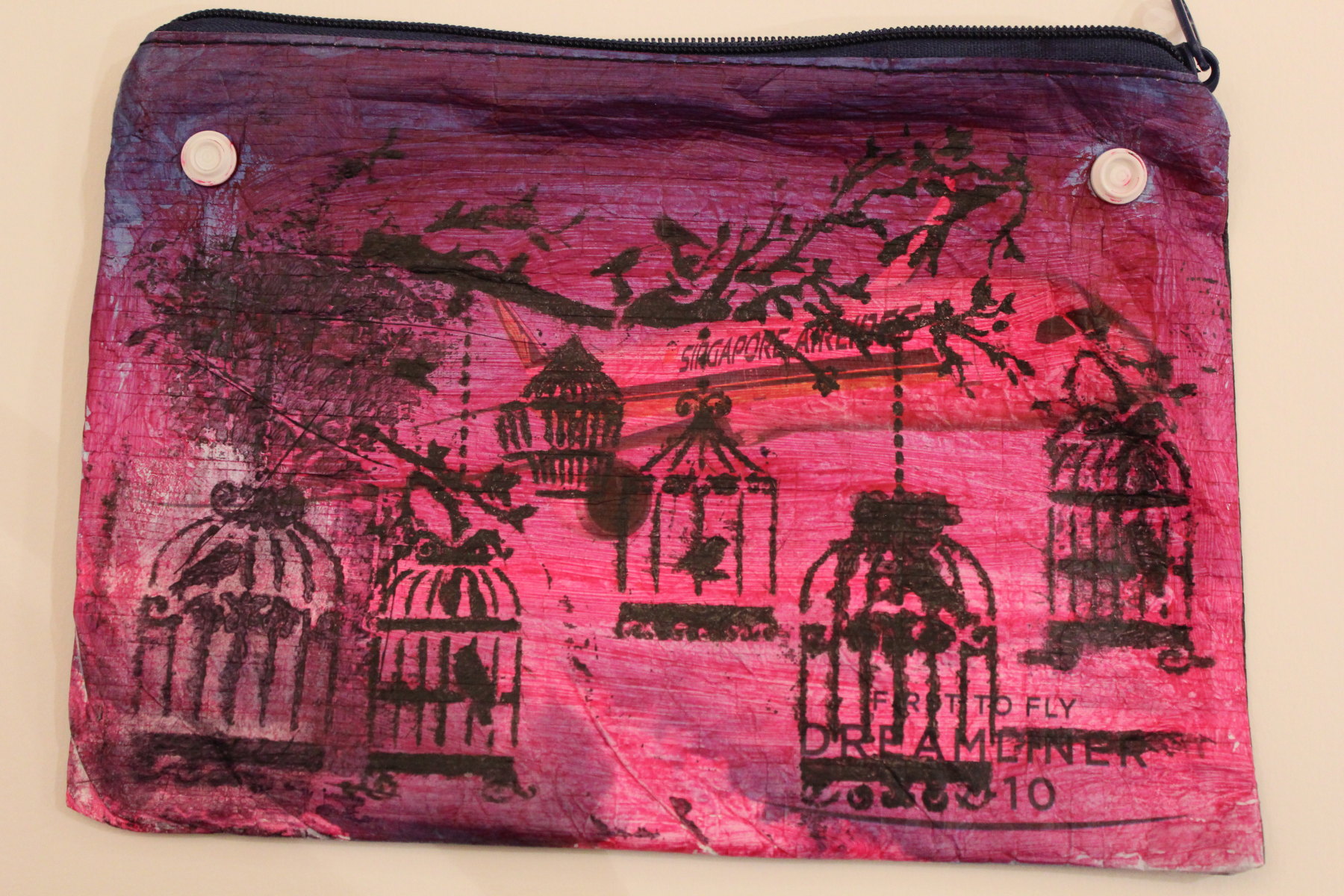




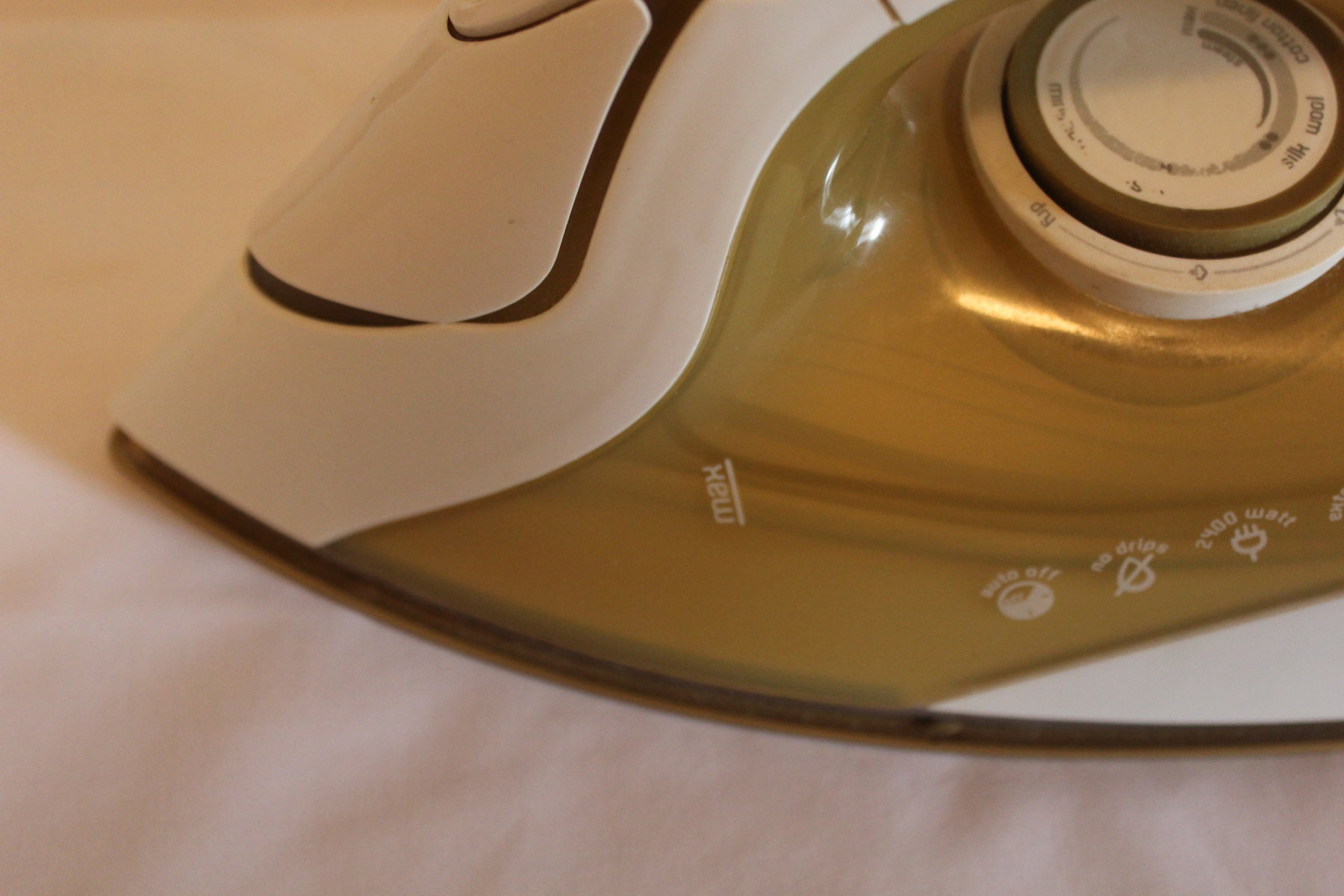

I set the fabric dye using a moderate iron and a twice folded pillowcase as I have no idea how the Tyvek would respond to heat. Time will tell how well the image has set, but it looks good at this stage, although the fibre did not “grab” the ink well as I expected so it is smudged.
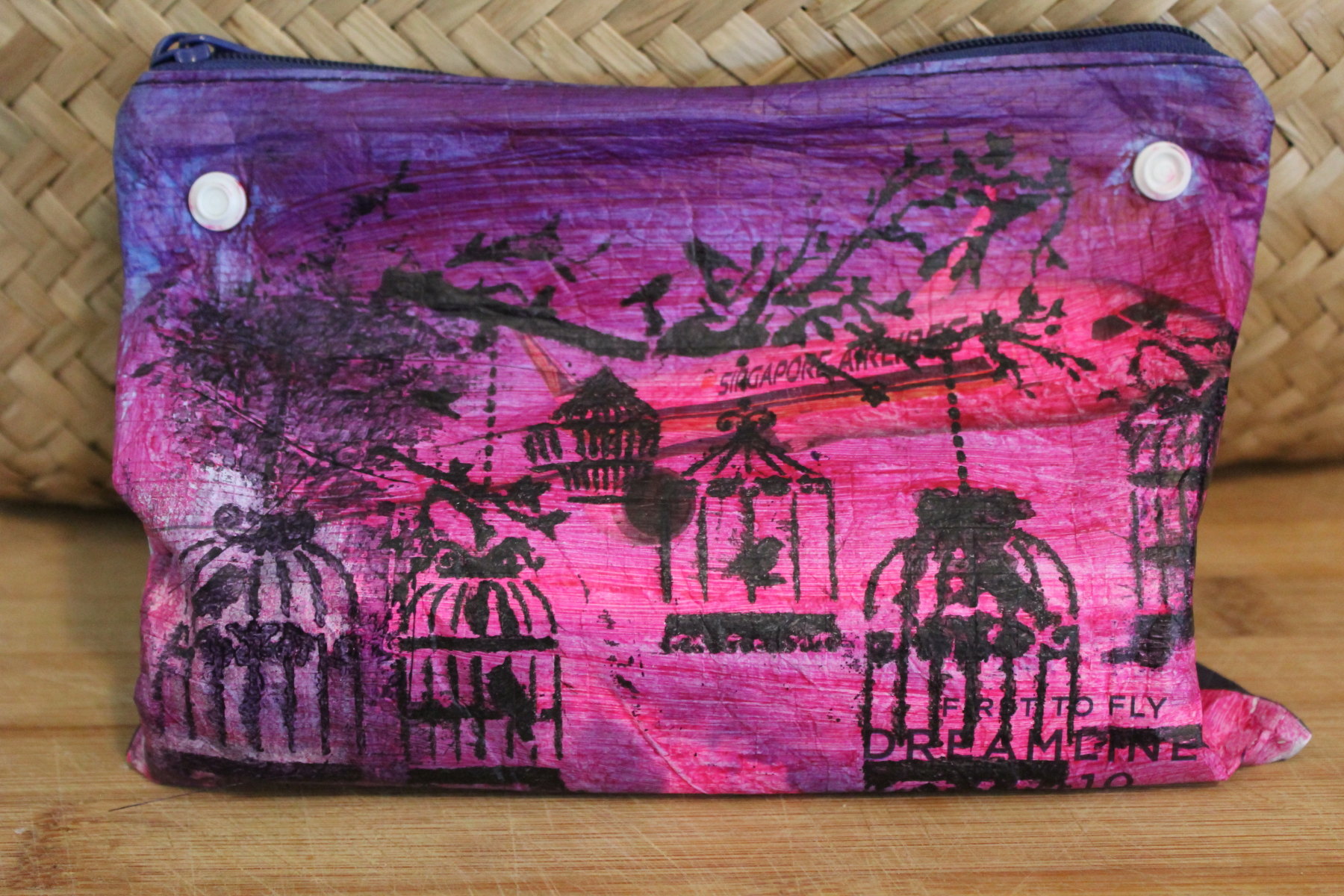

Everything fits well in the little, light zippered bag.
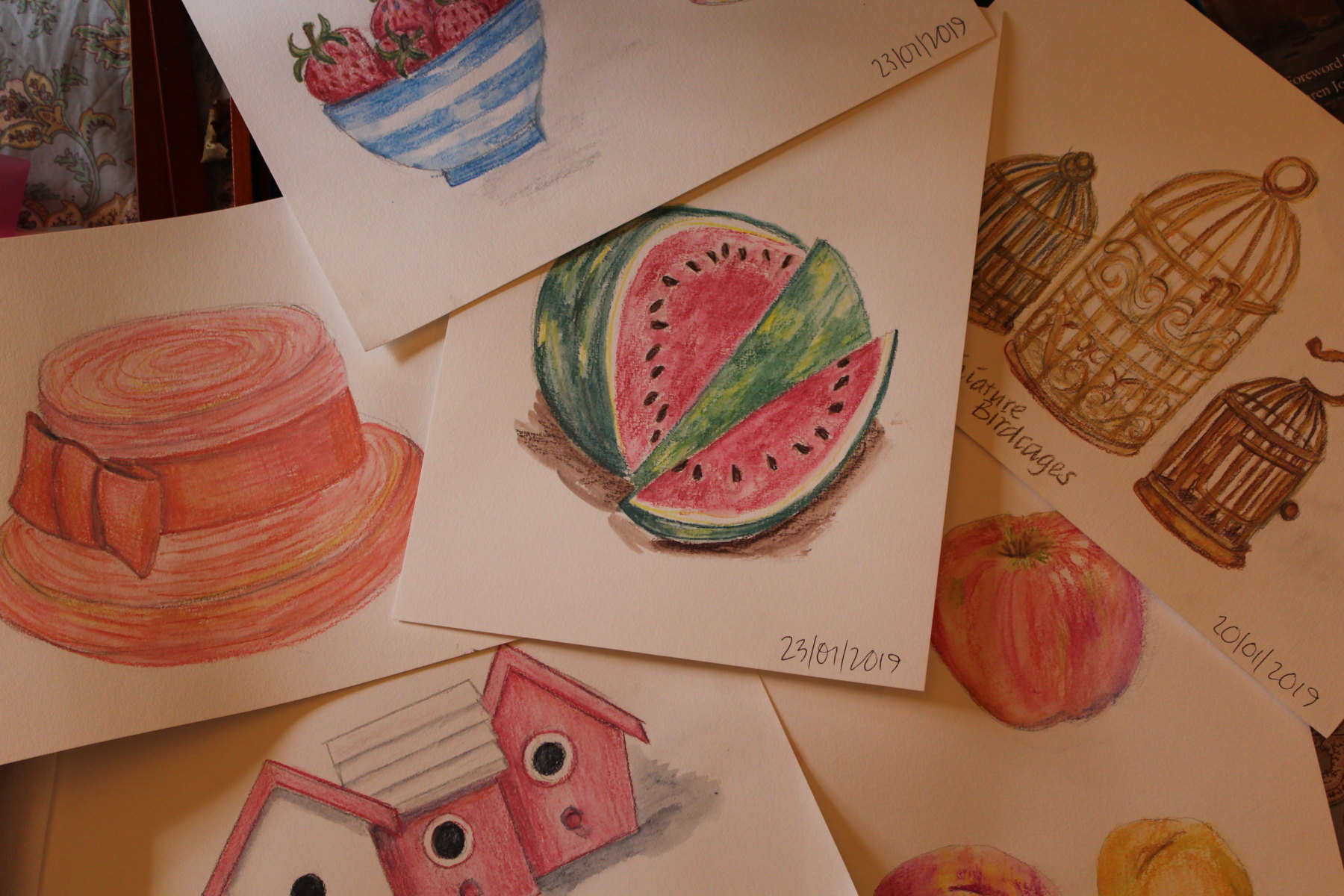

I have continued to do a pencil water colour painting every day. I enjoy the process and like to reflect later on the success, or otherwise, of the colours I have chosen and the techniques I have used in each one.
Yesterday was Belly Laugh Day. Why should you have a good laugh? Apparently laughing makes the tissues lining our blood vessels expand, increasing blood flow, which makes us feel happier and boosts our immune system. Laughing releases chemicals which promote relaxation. So, have a good laugh today!

